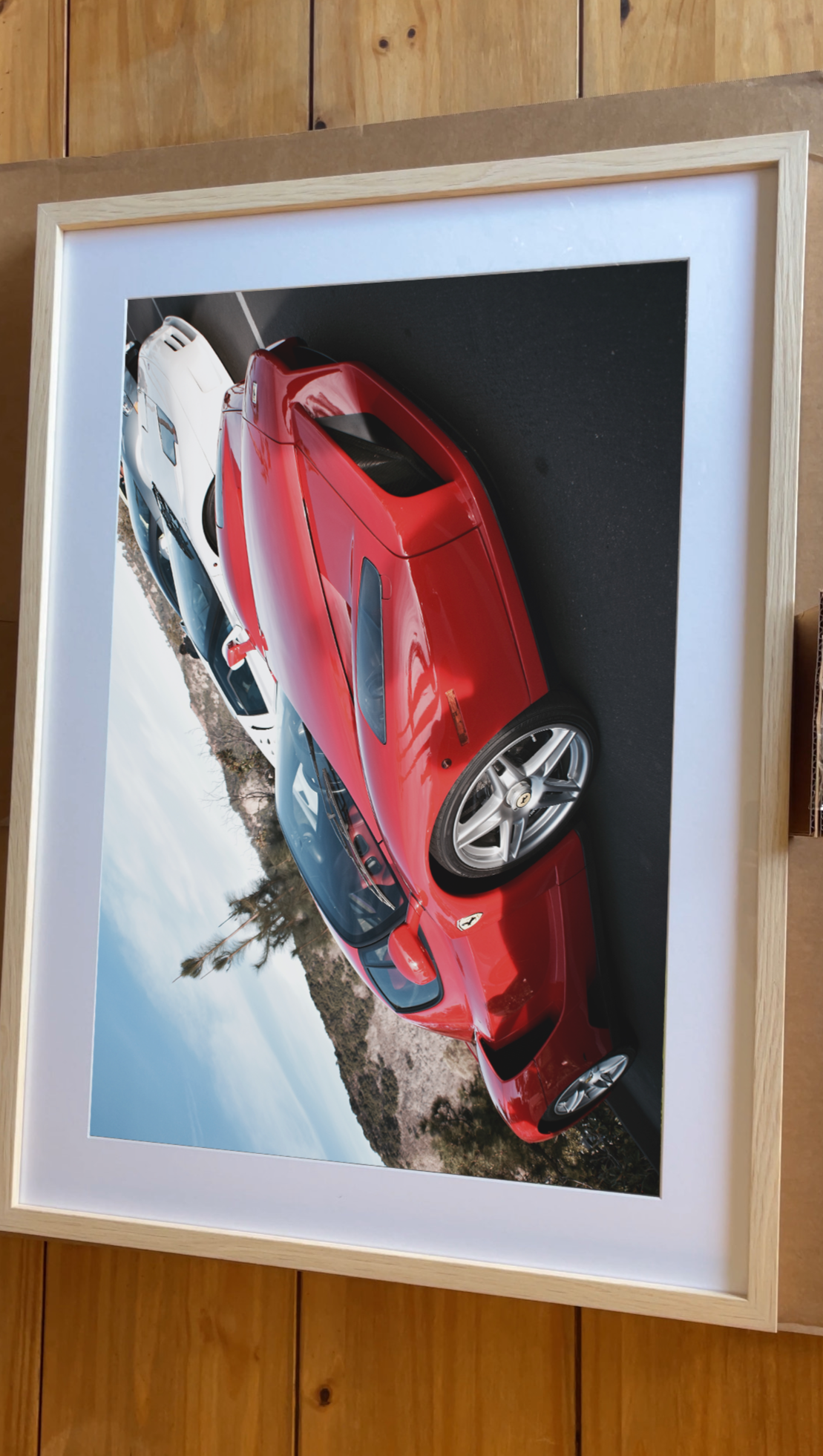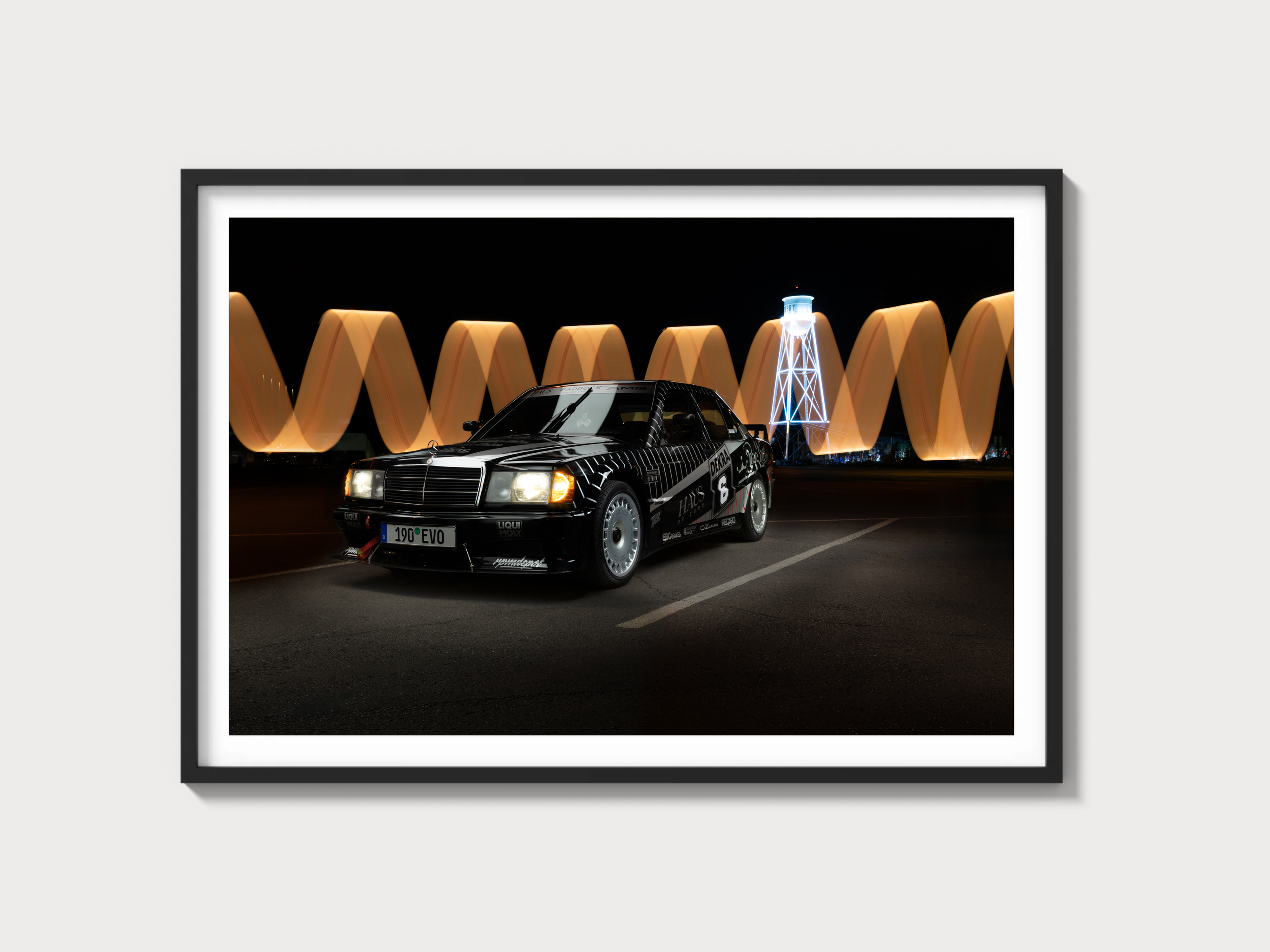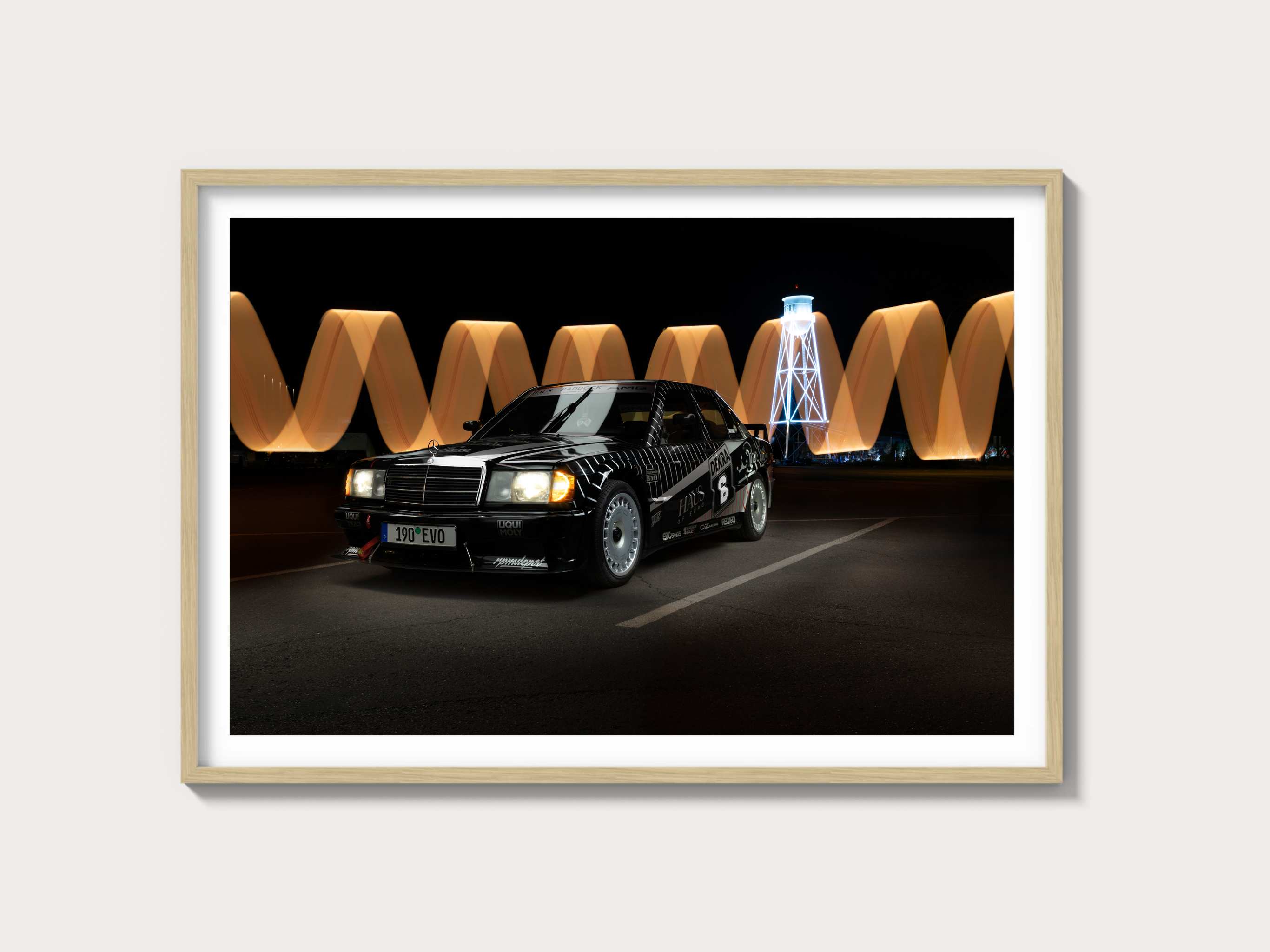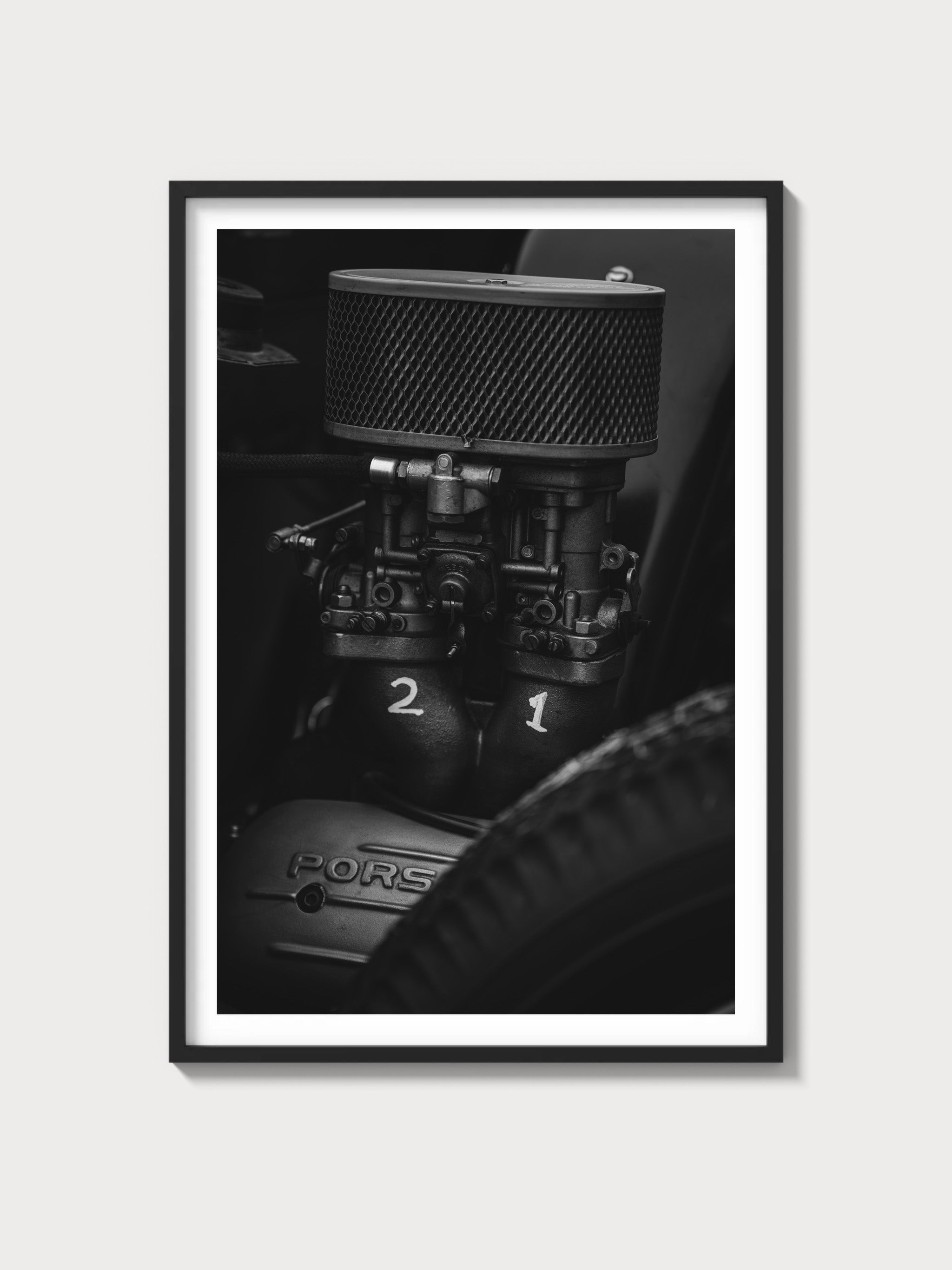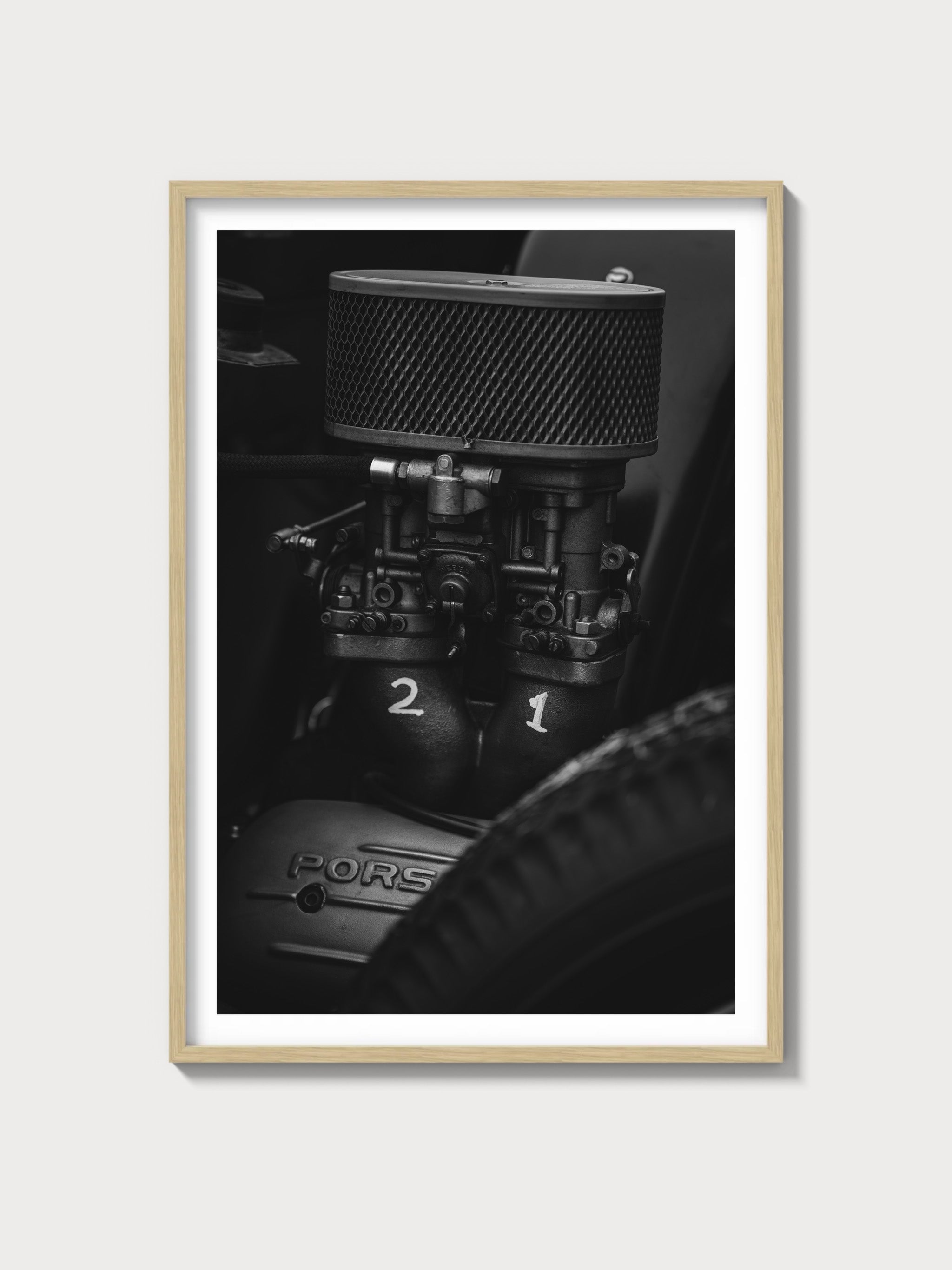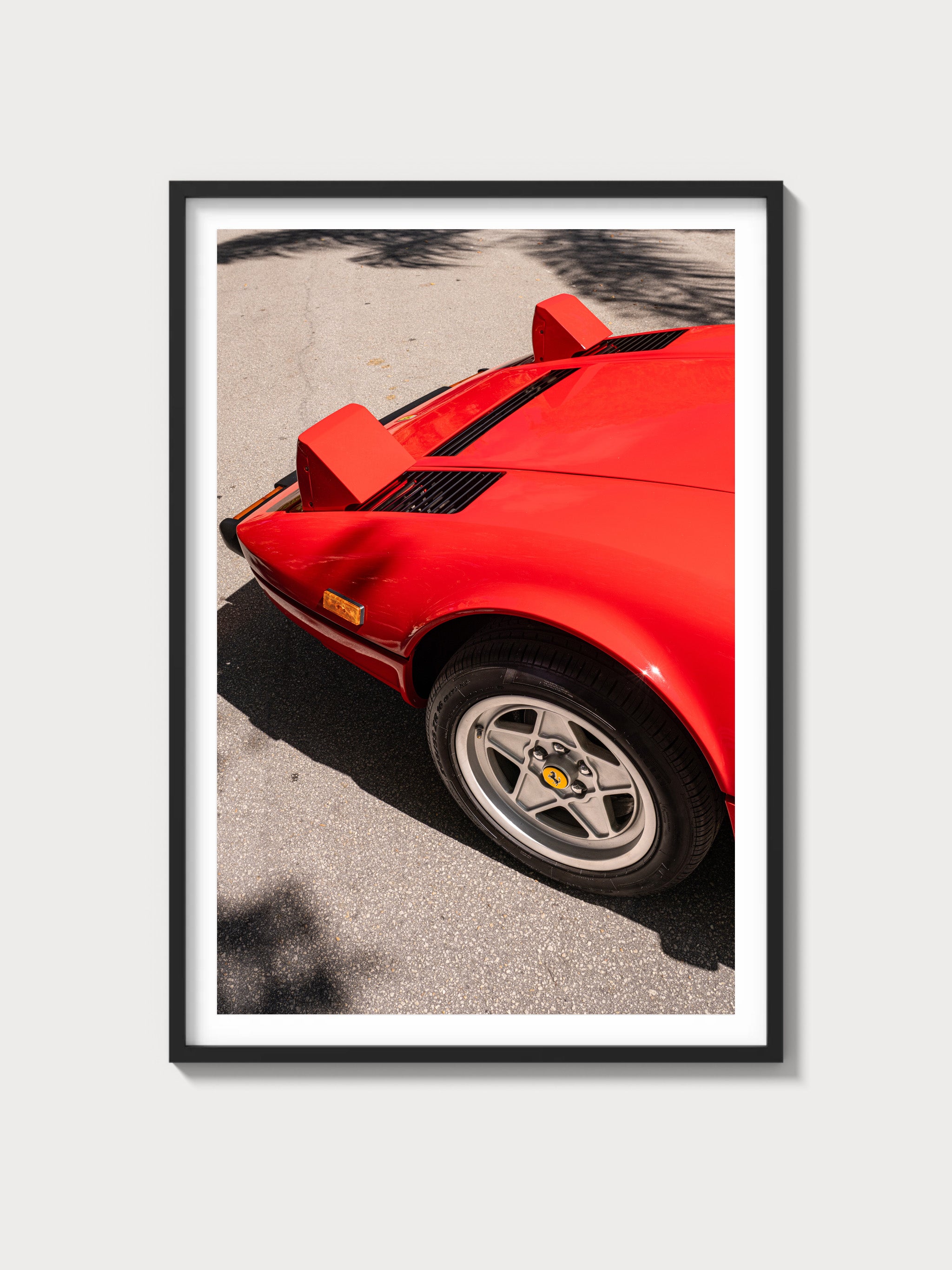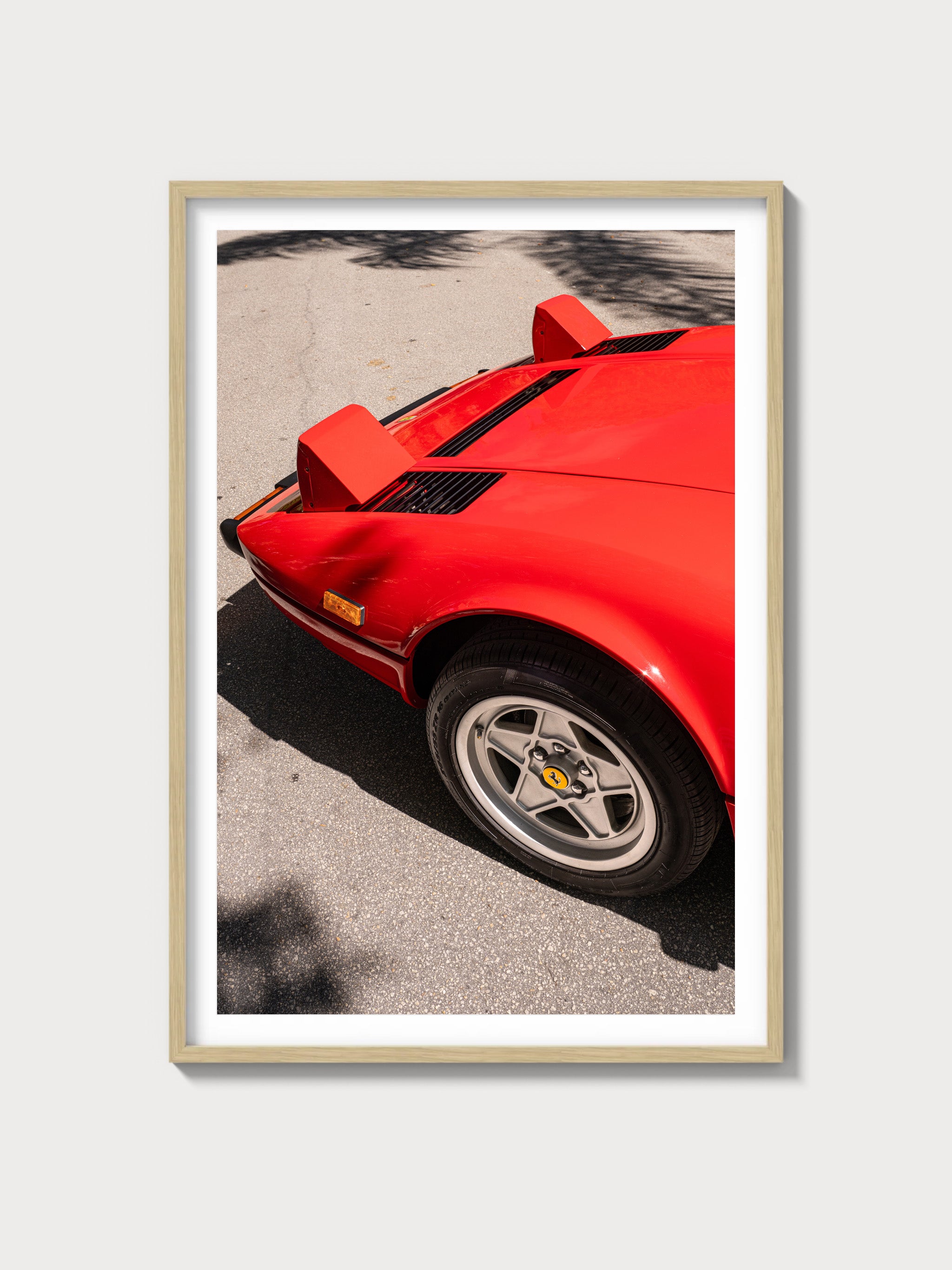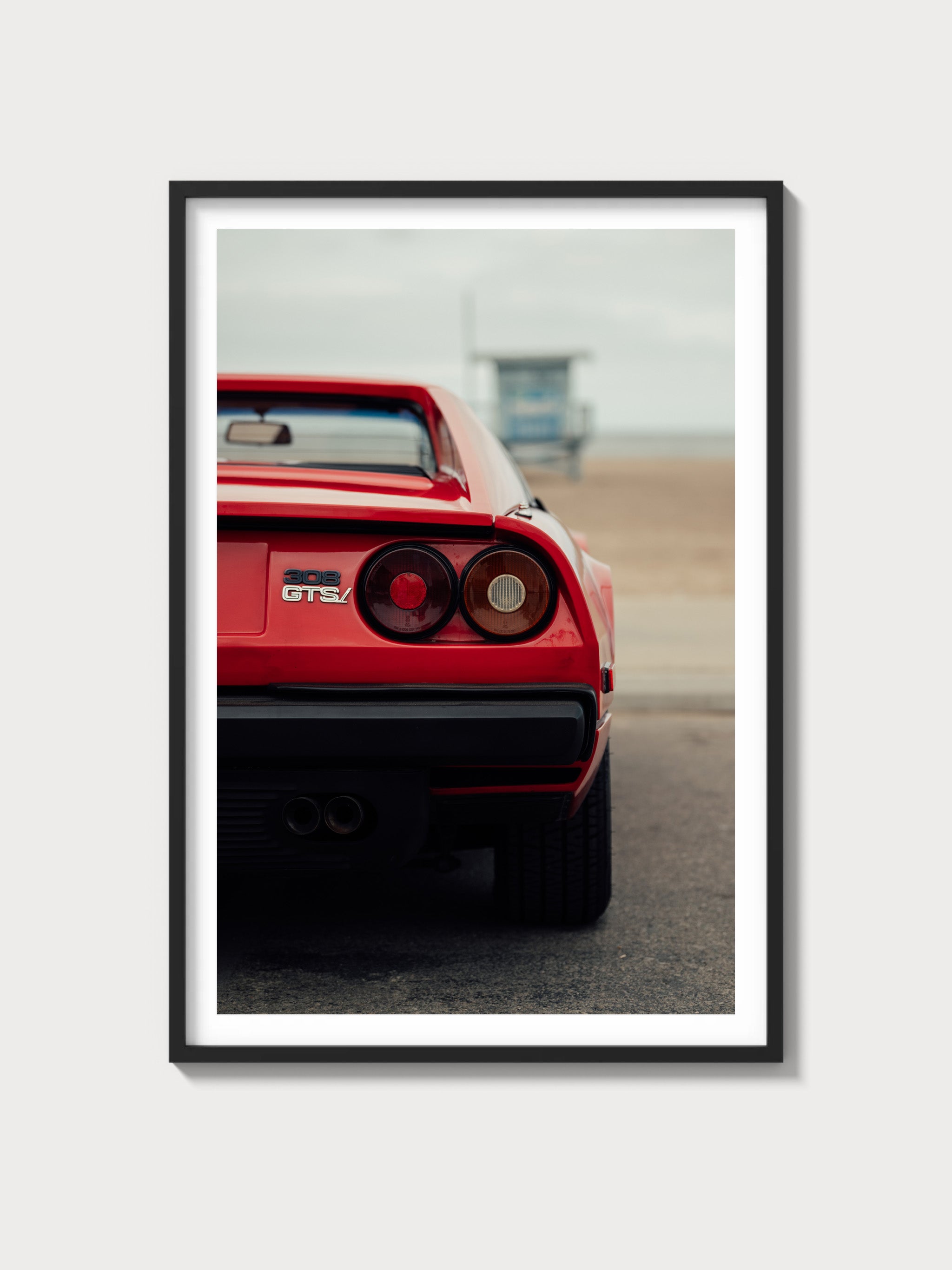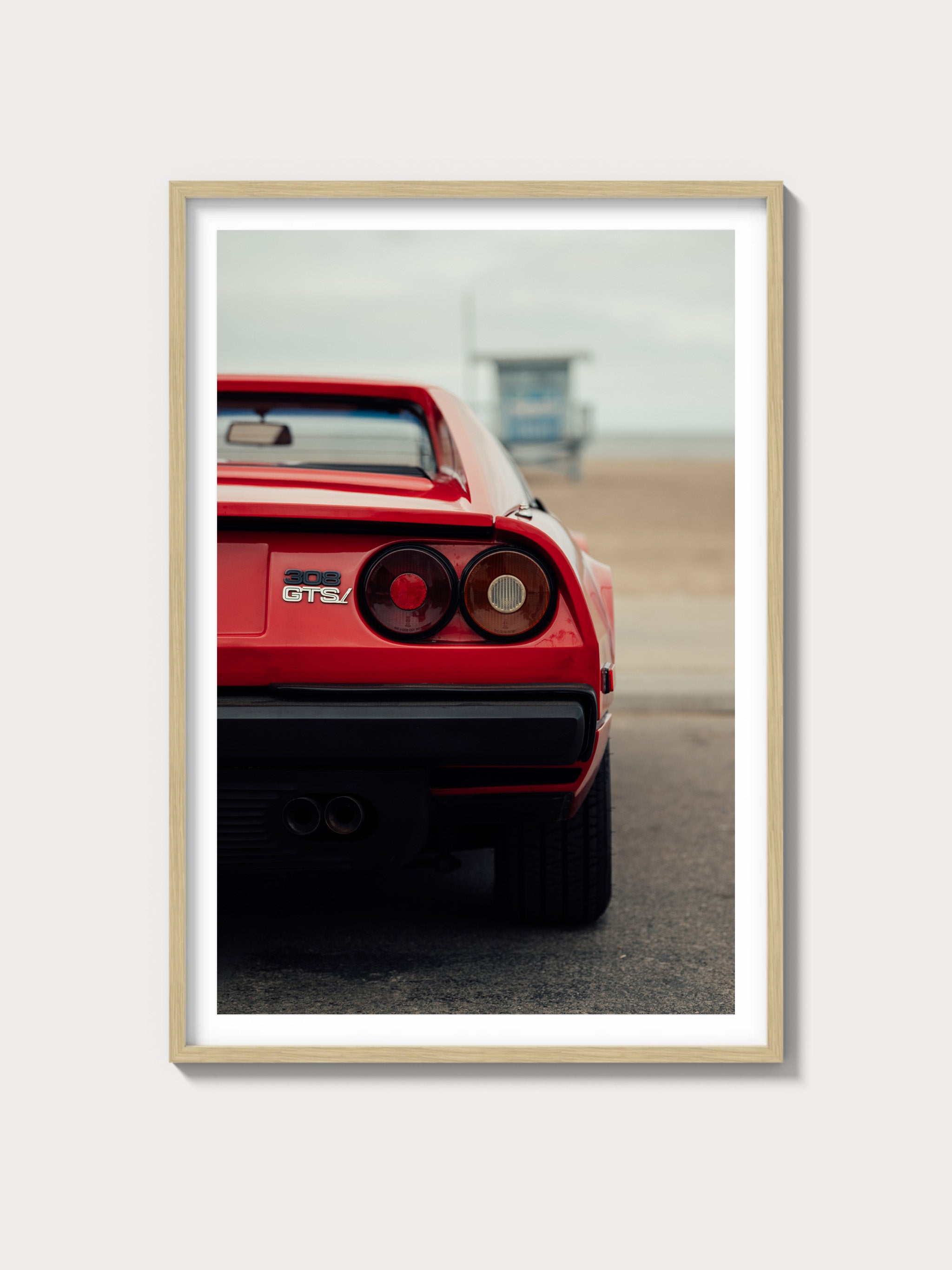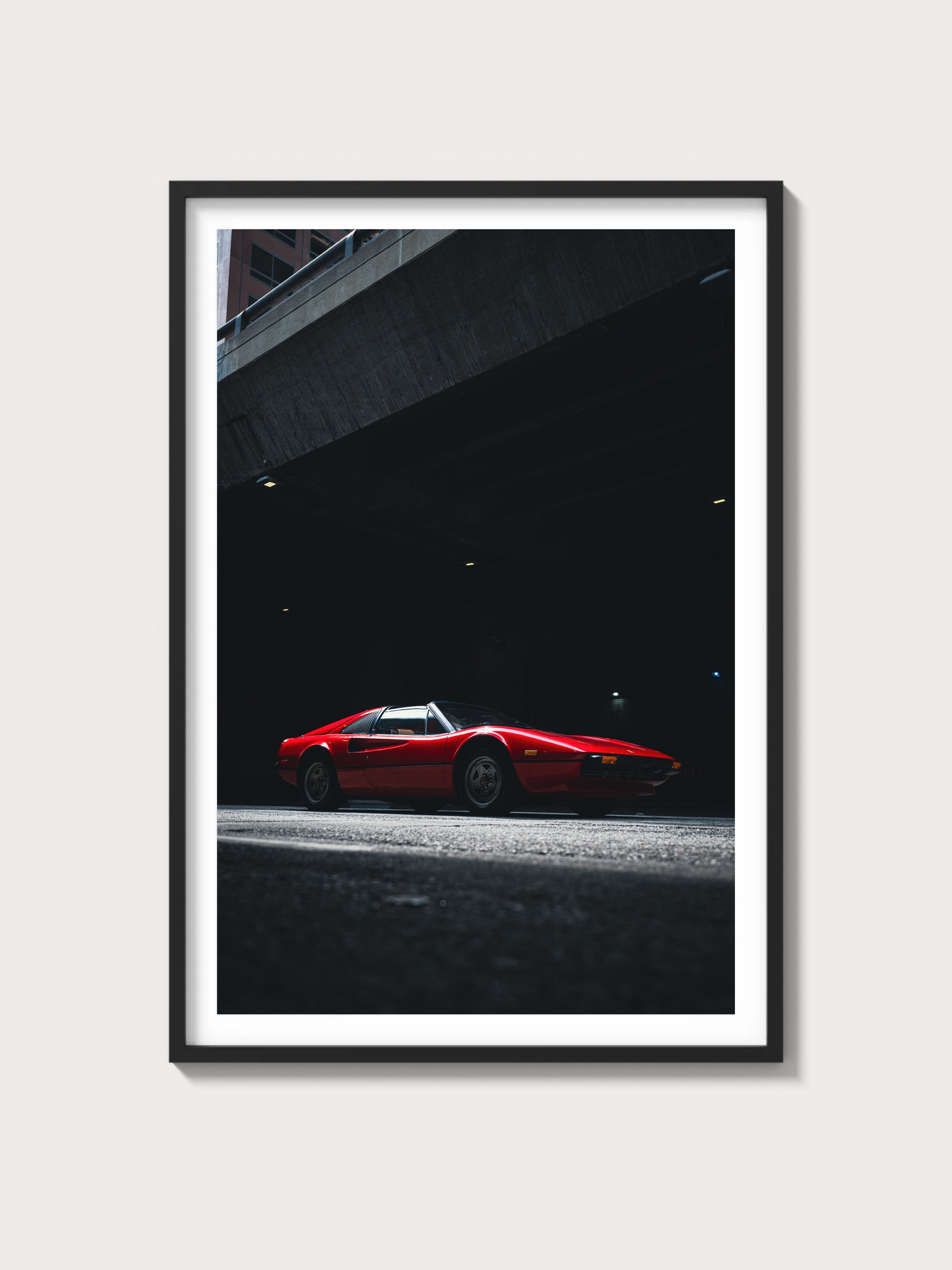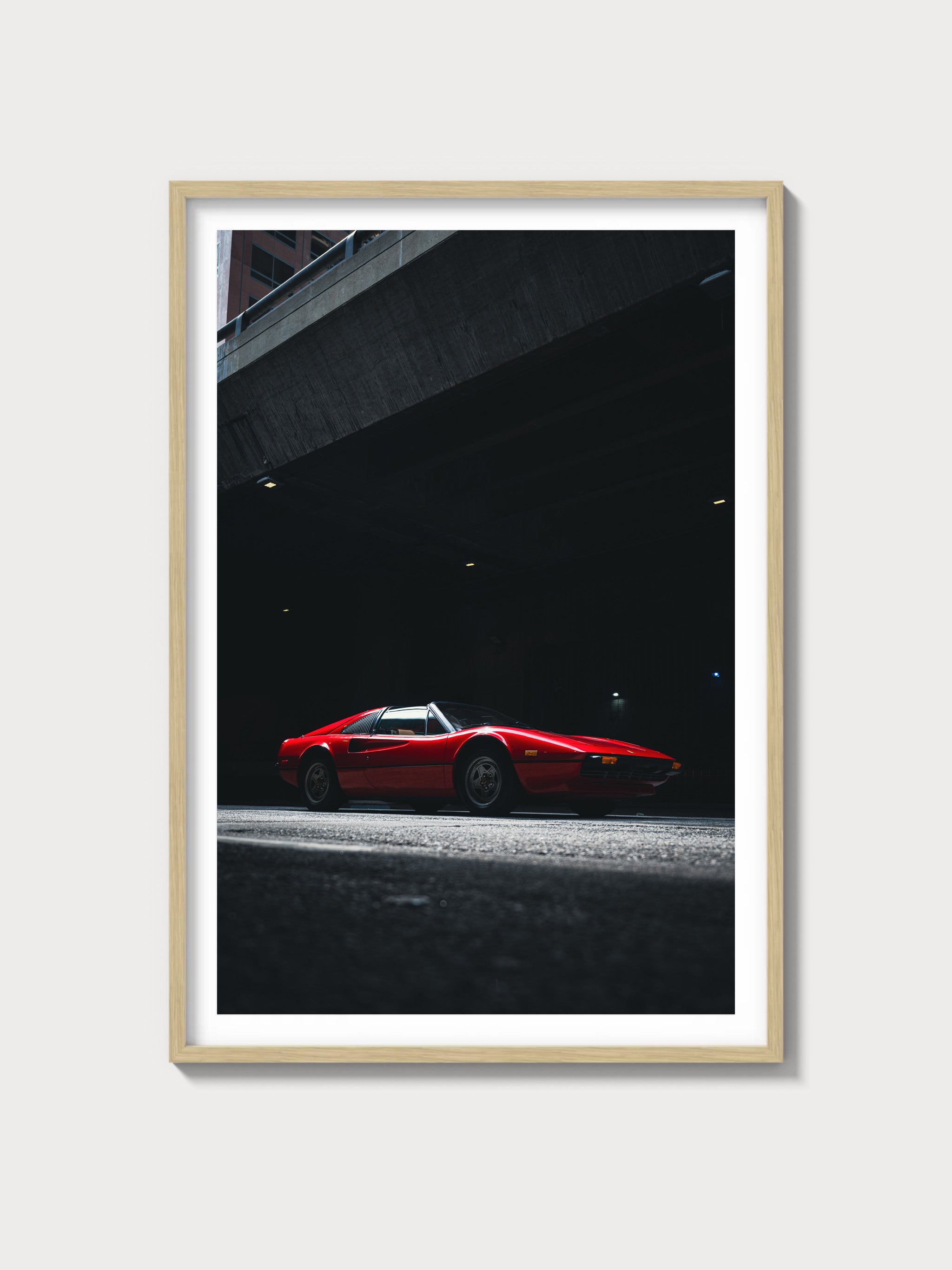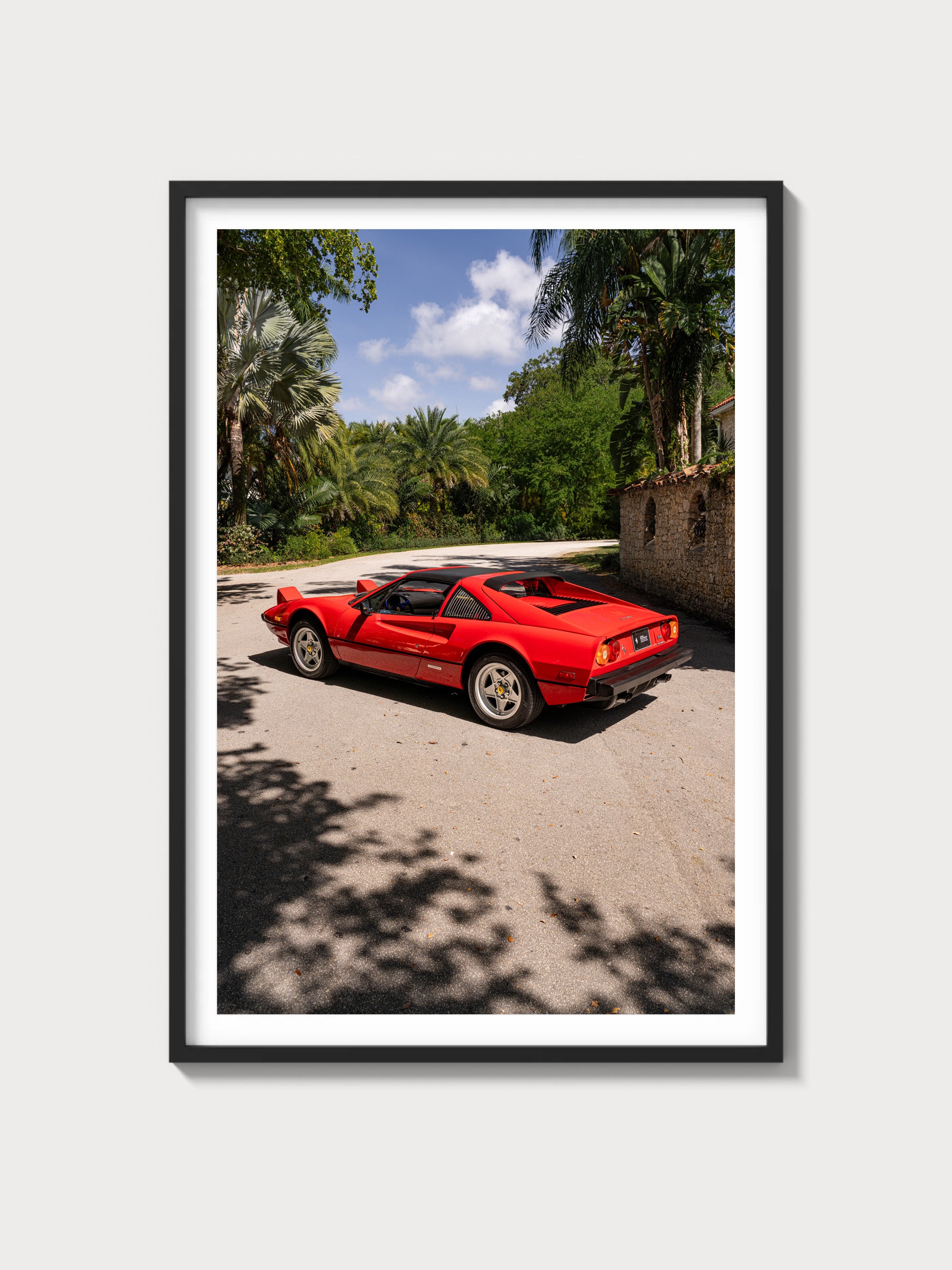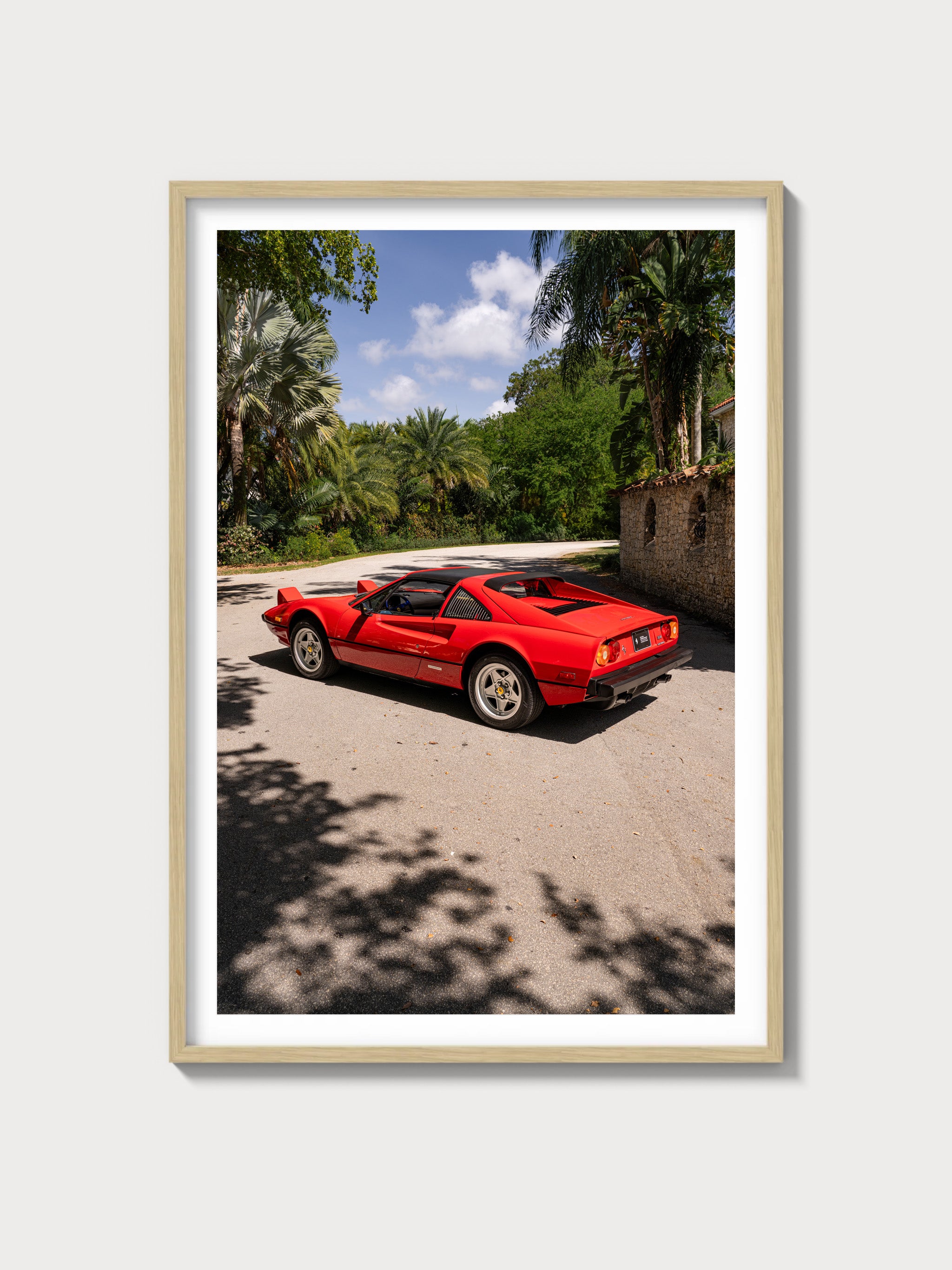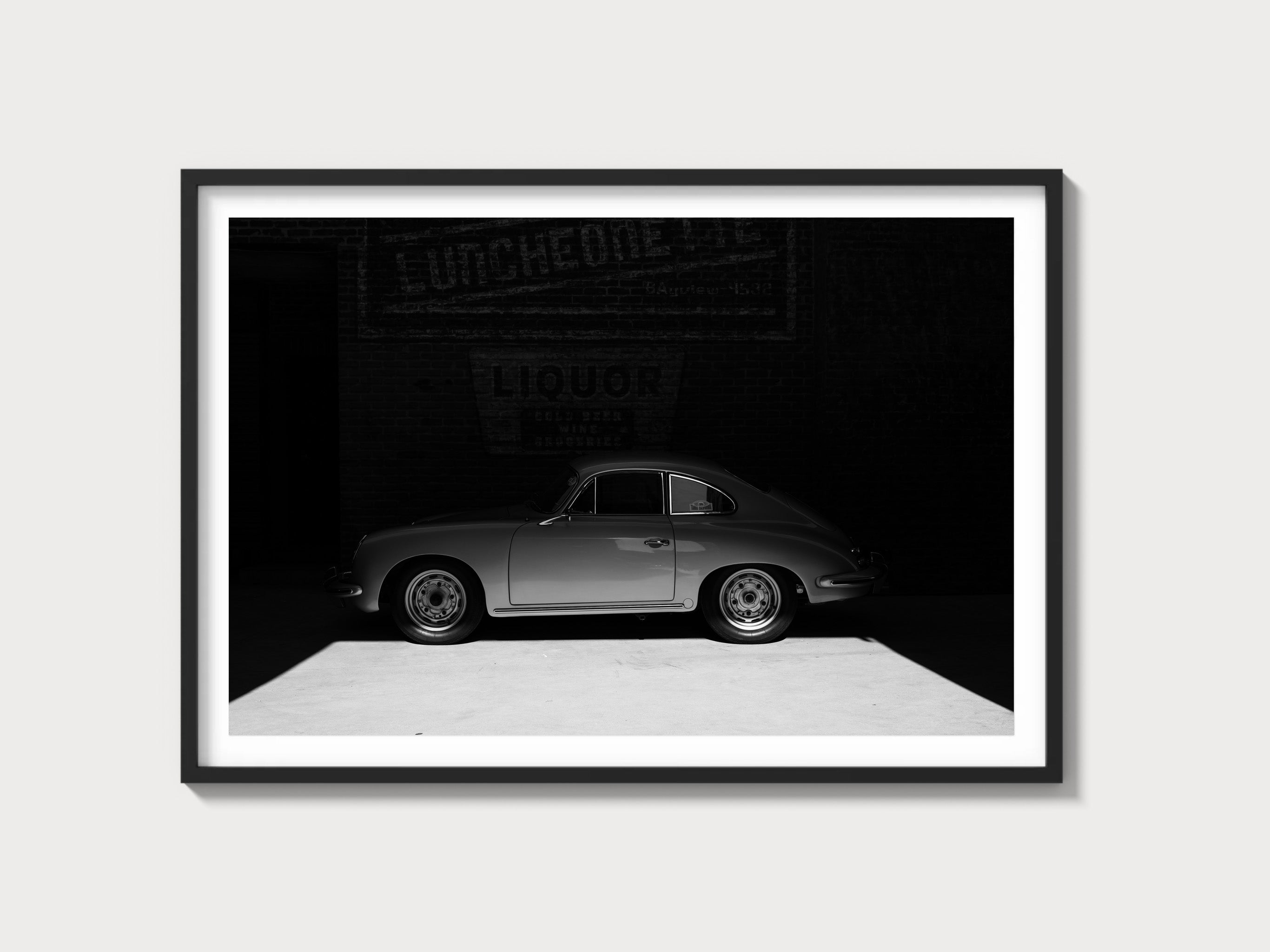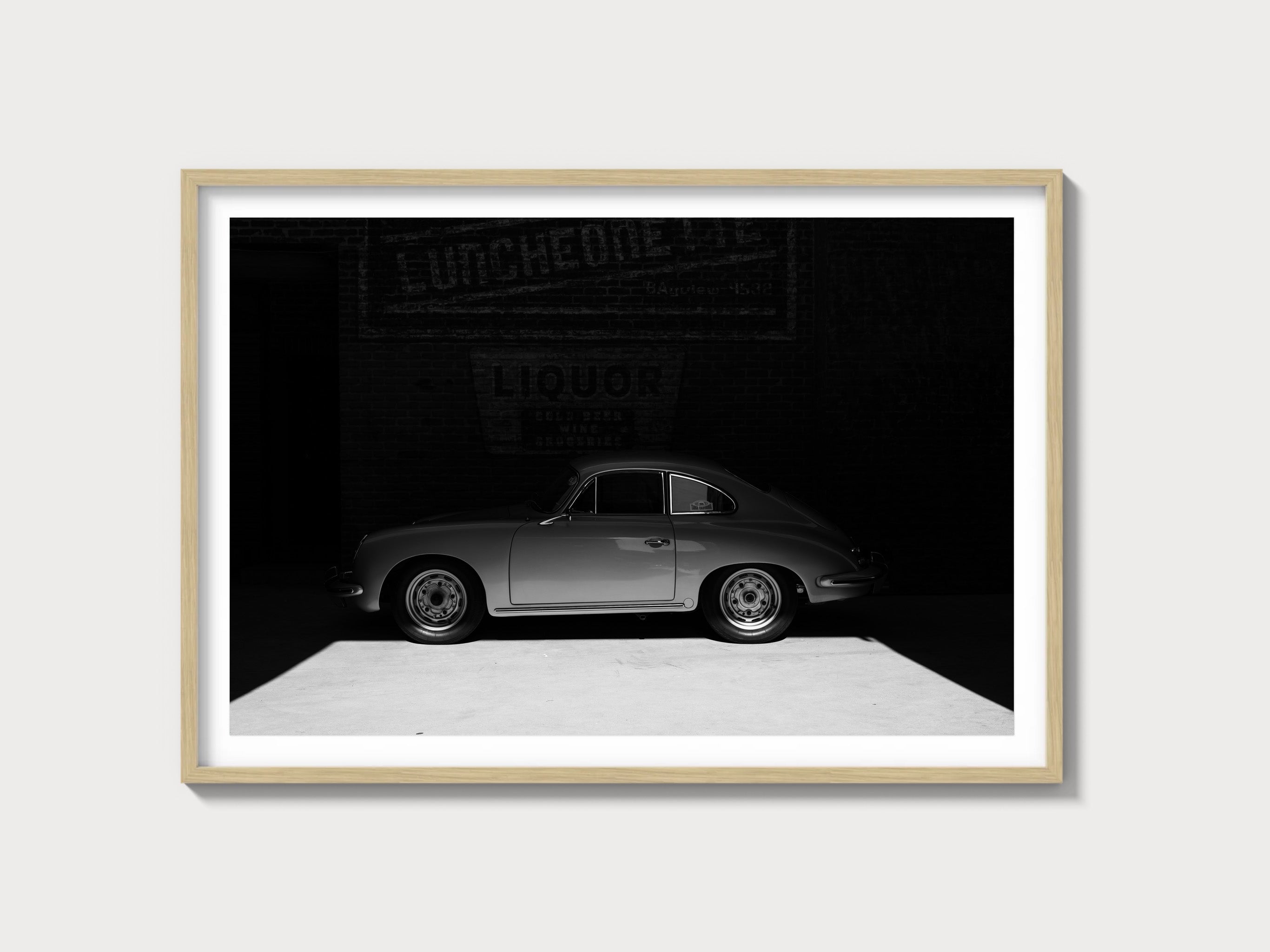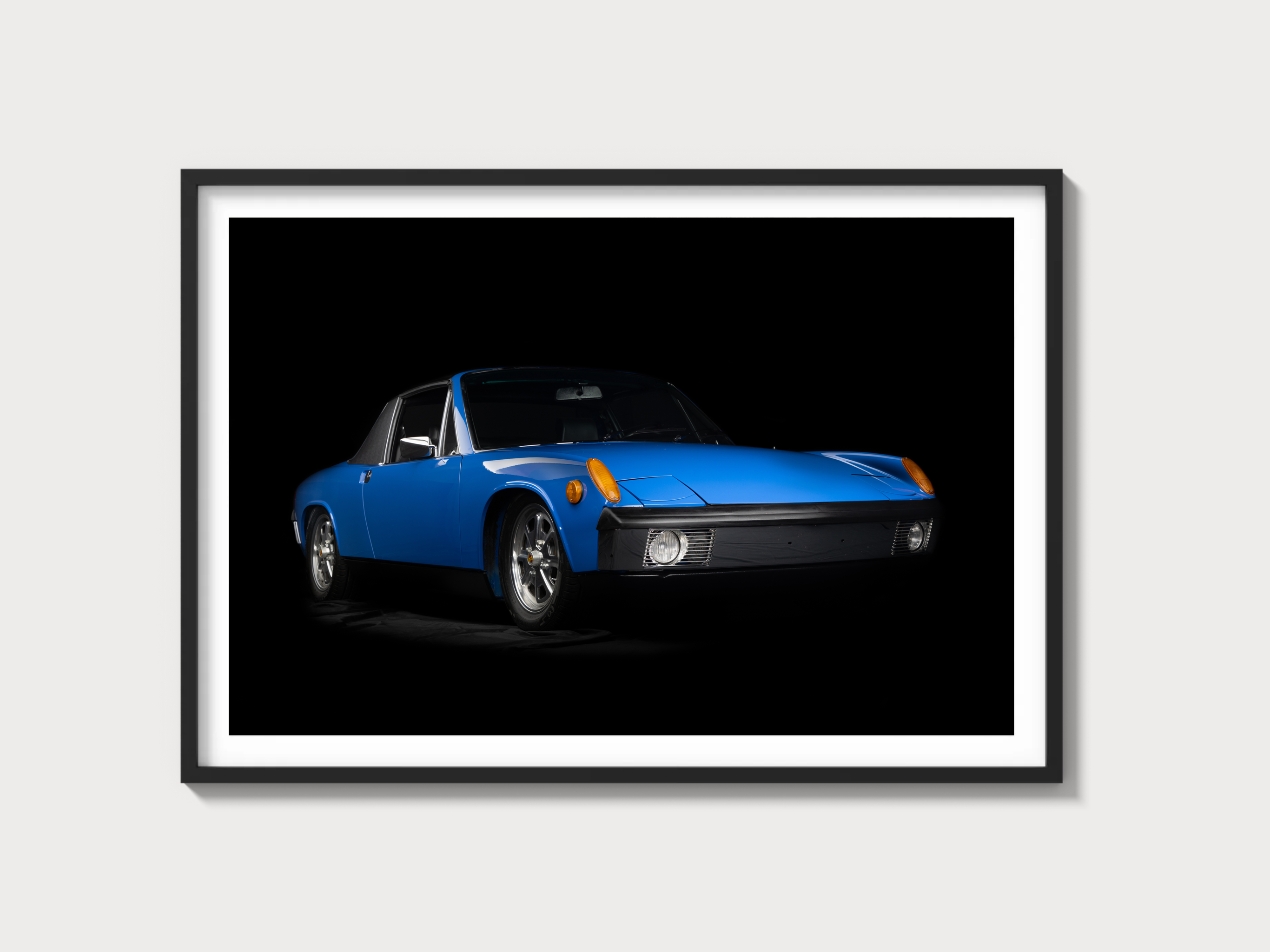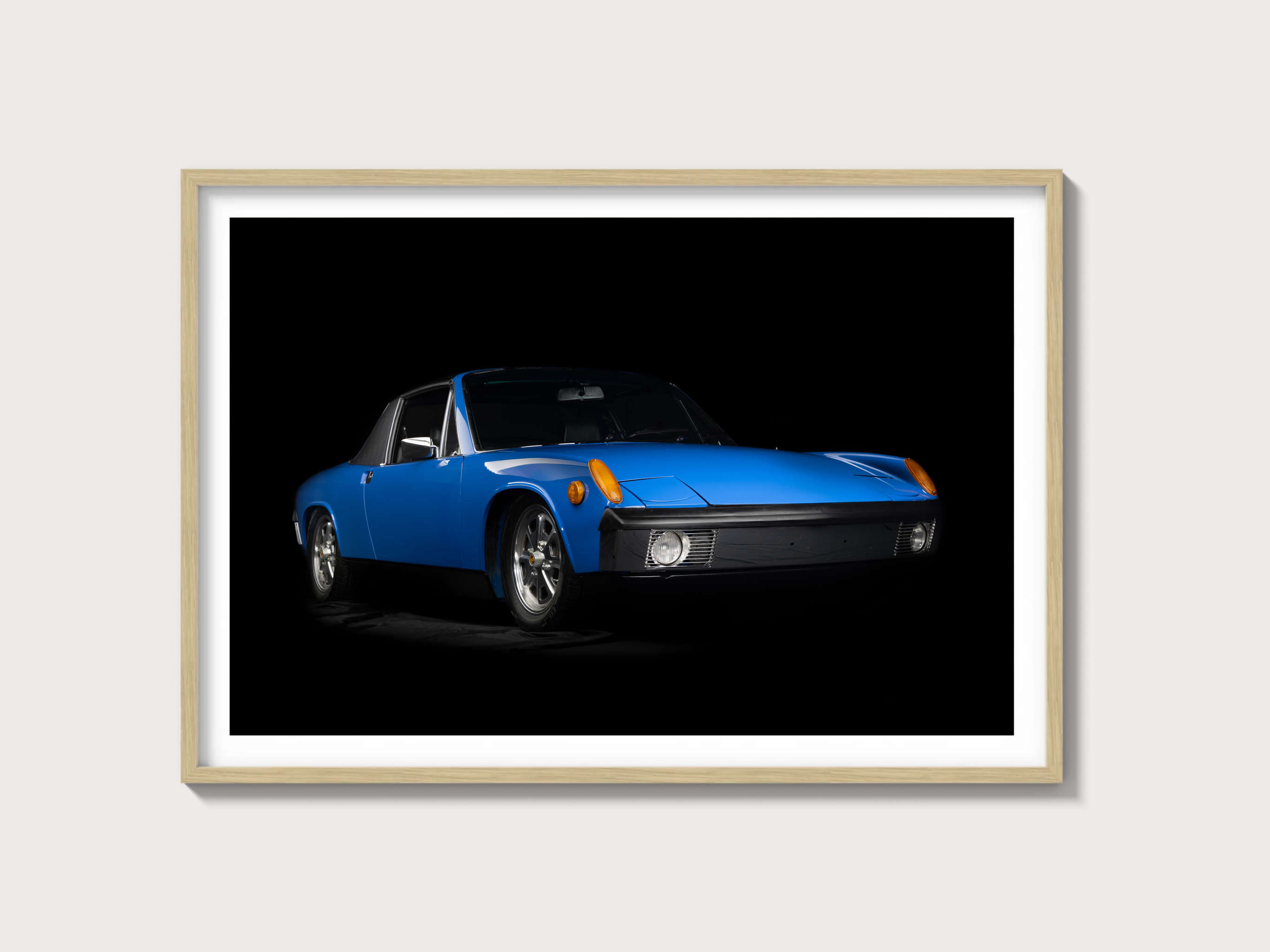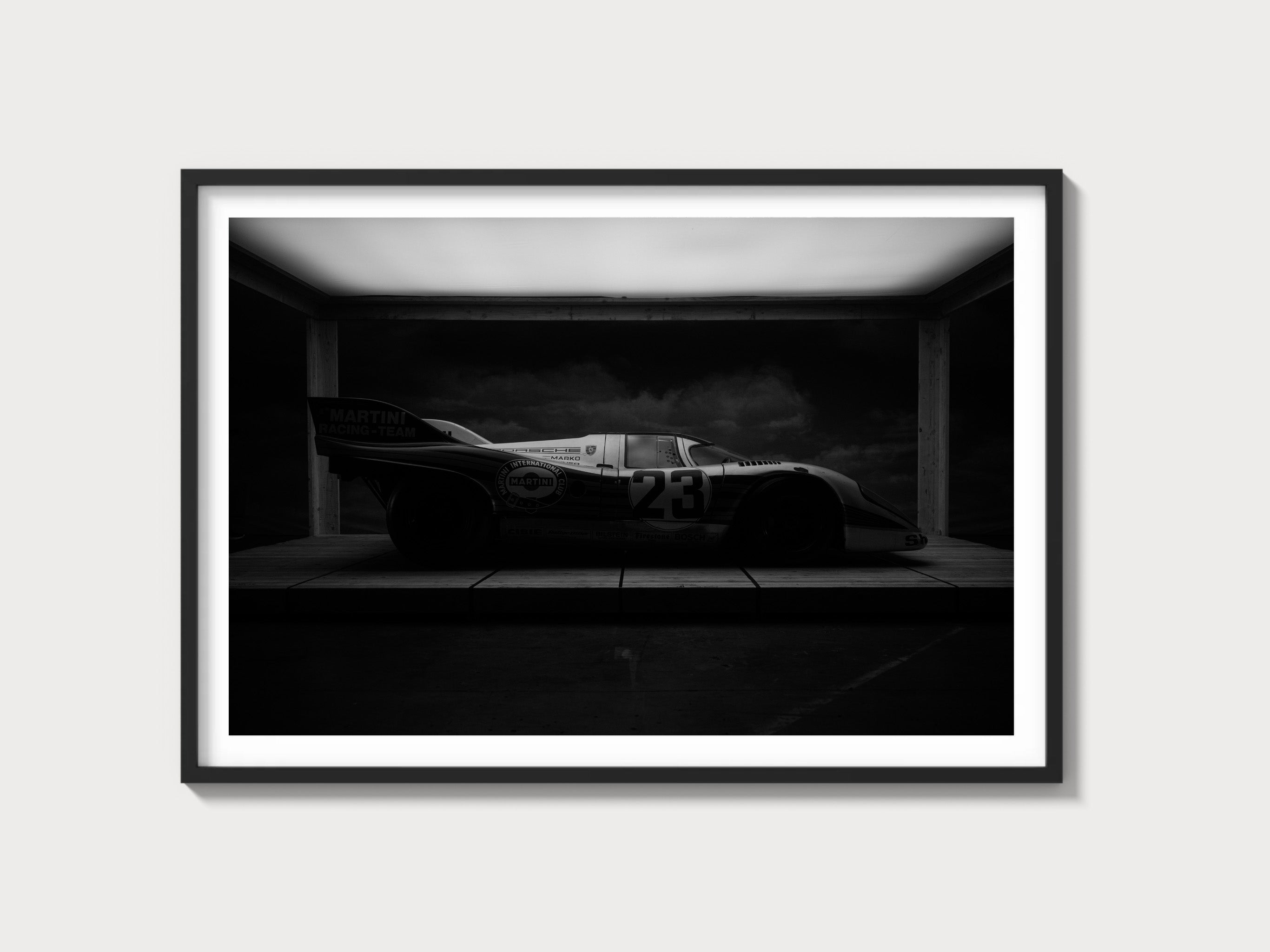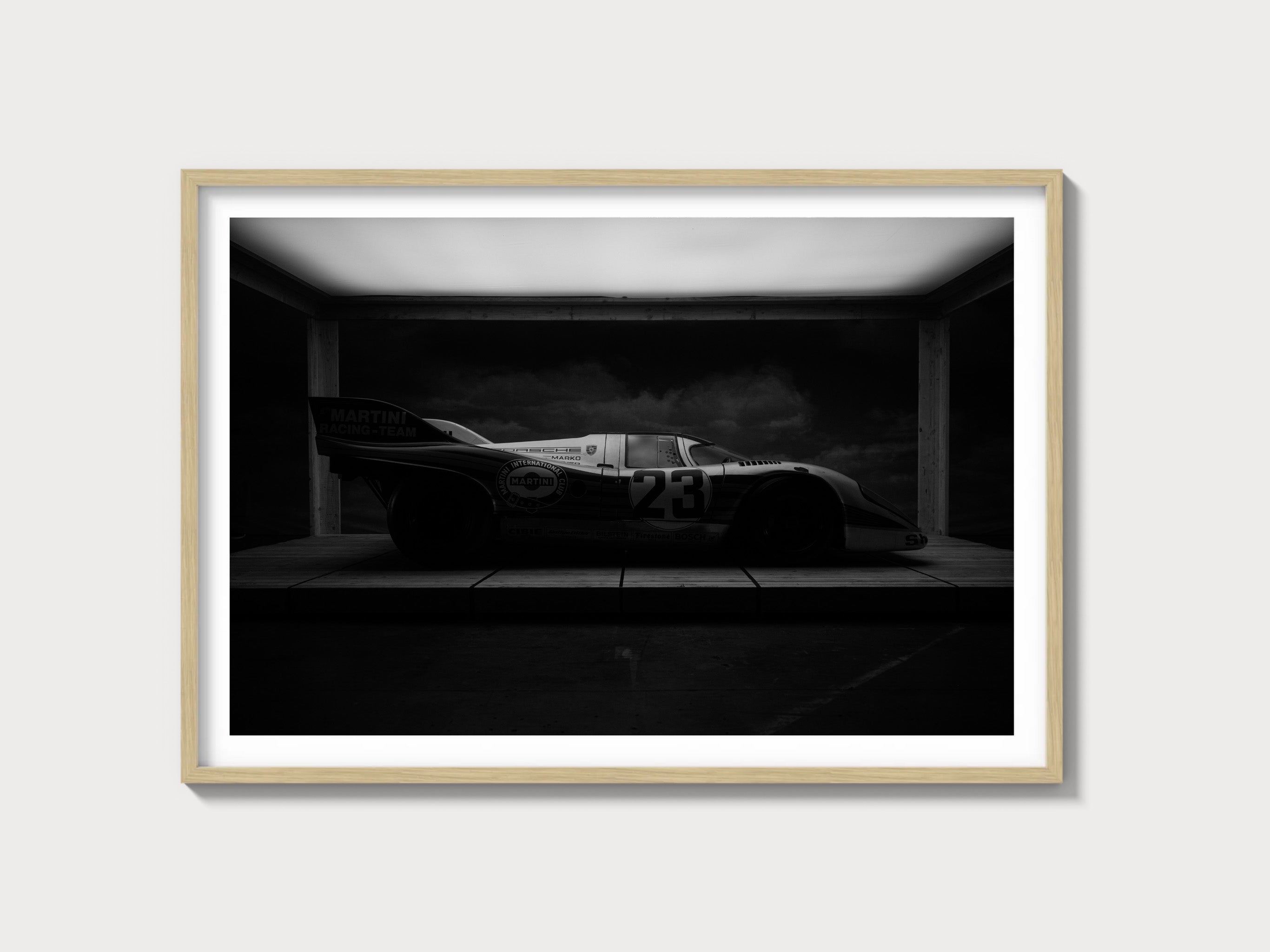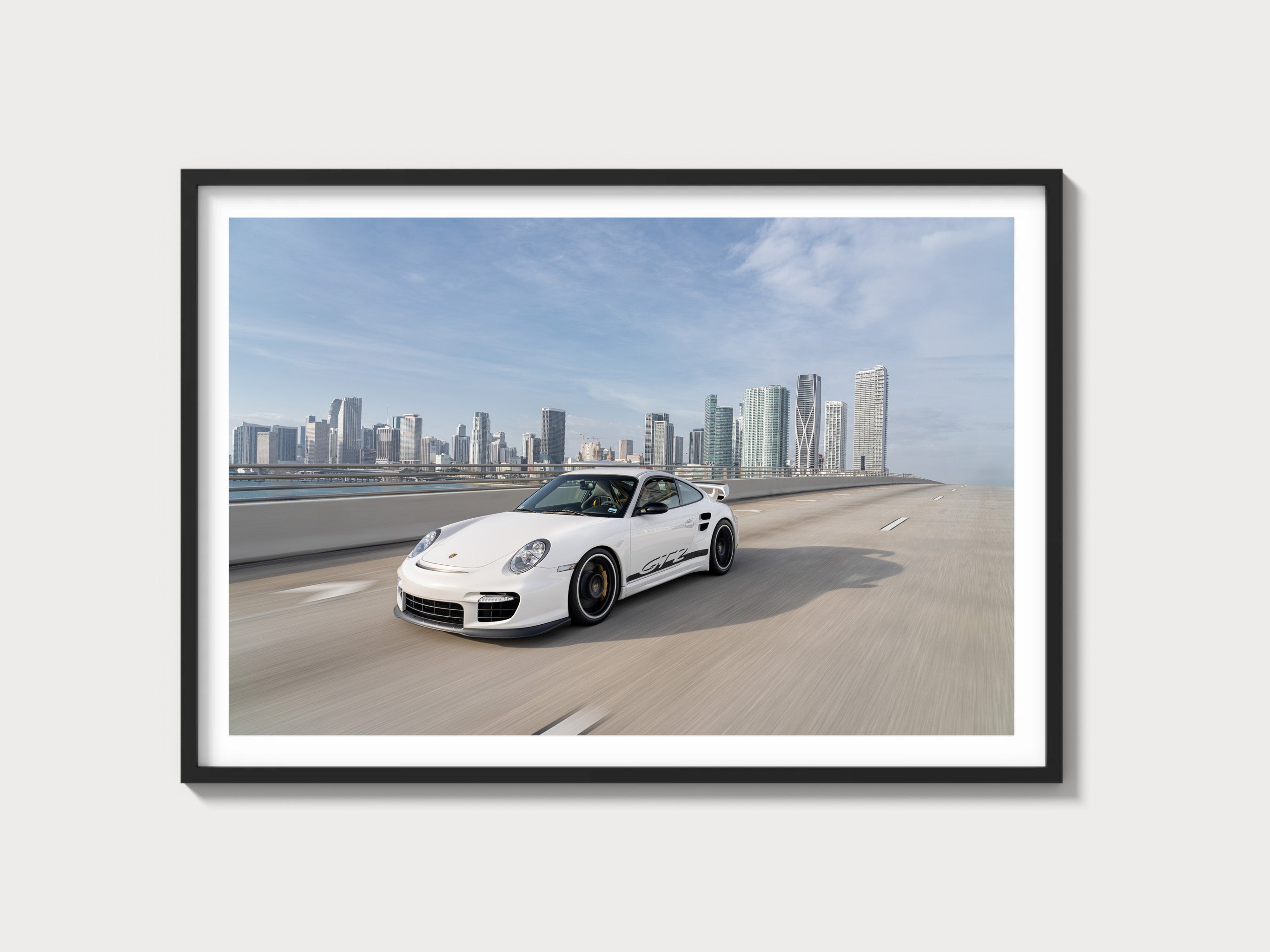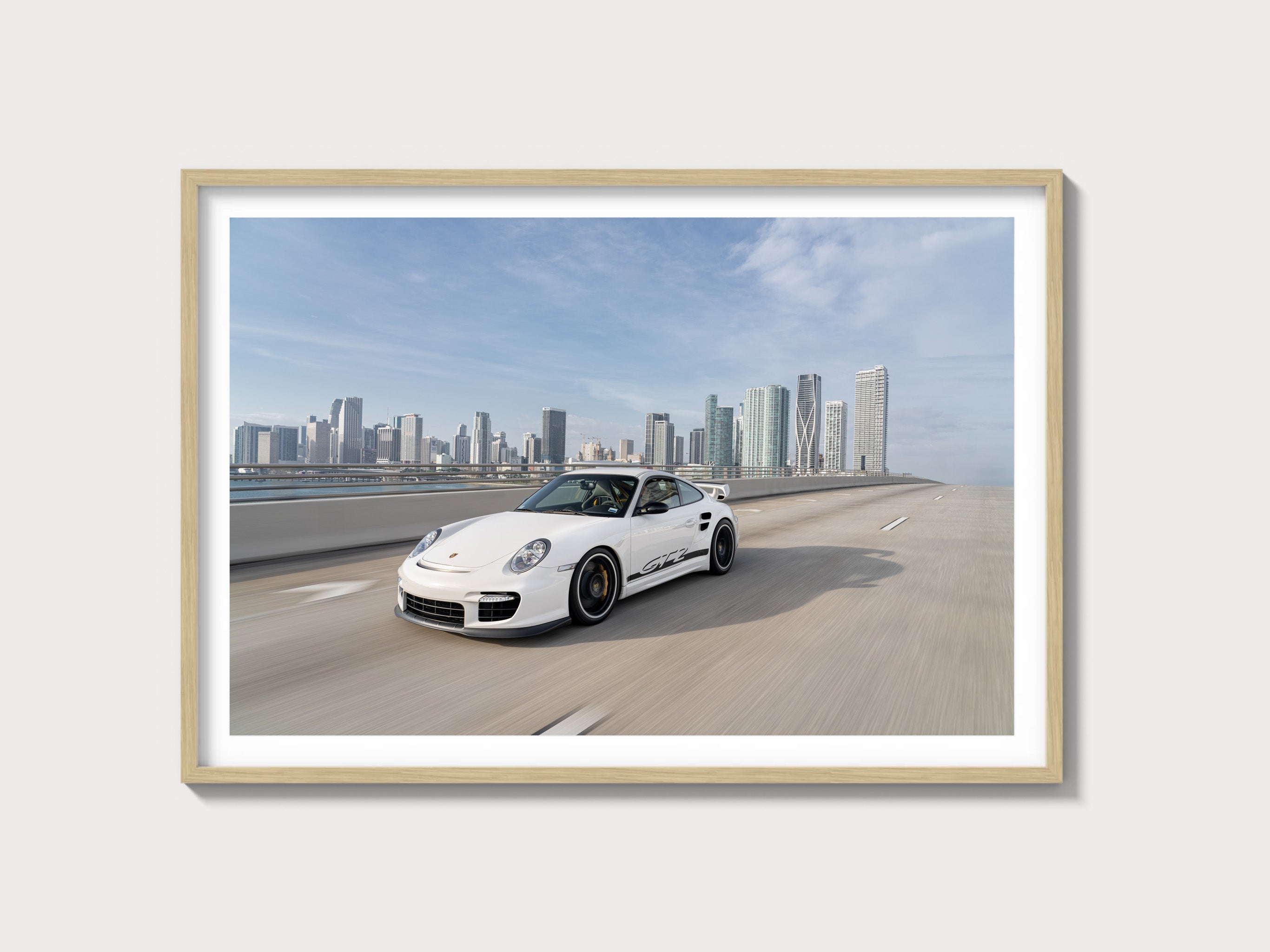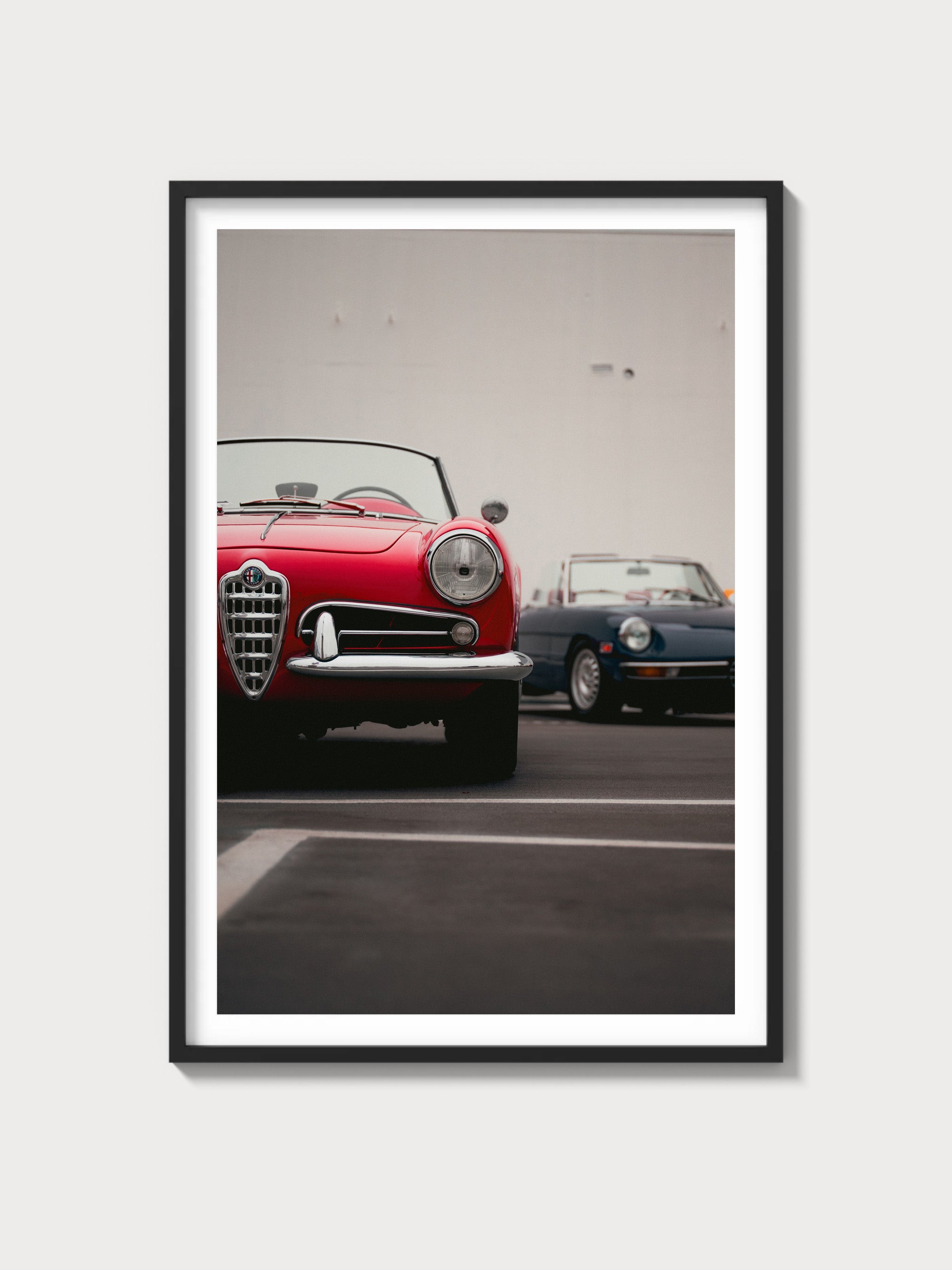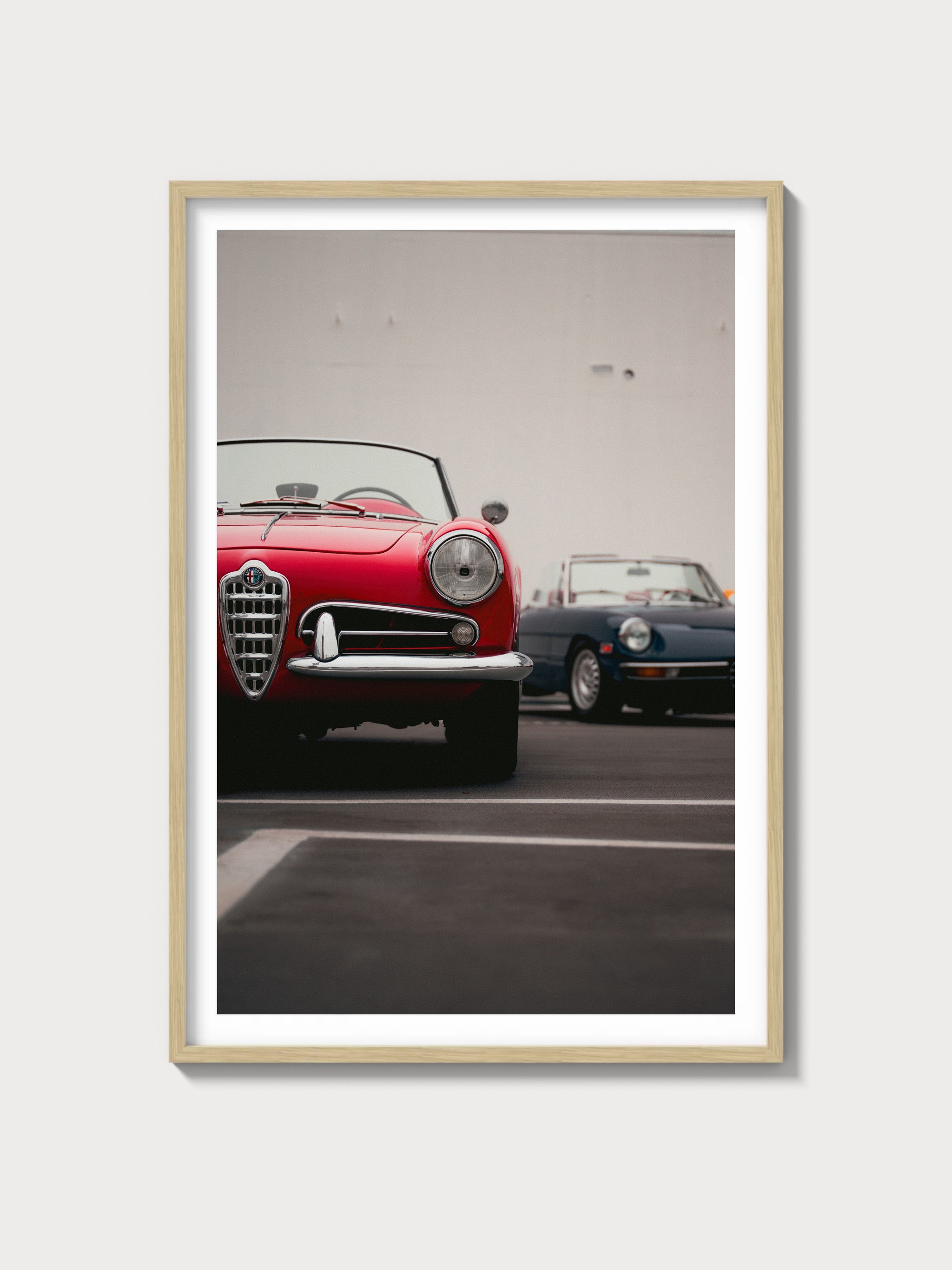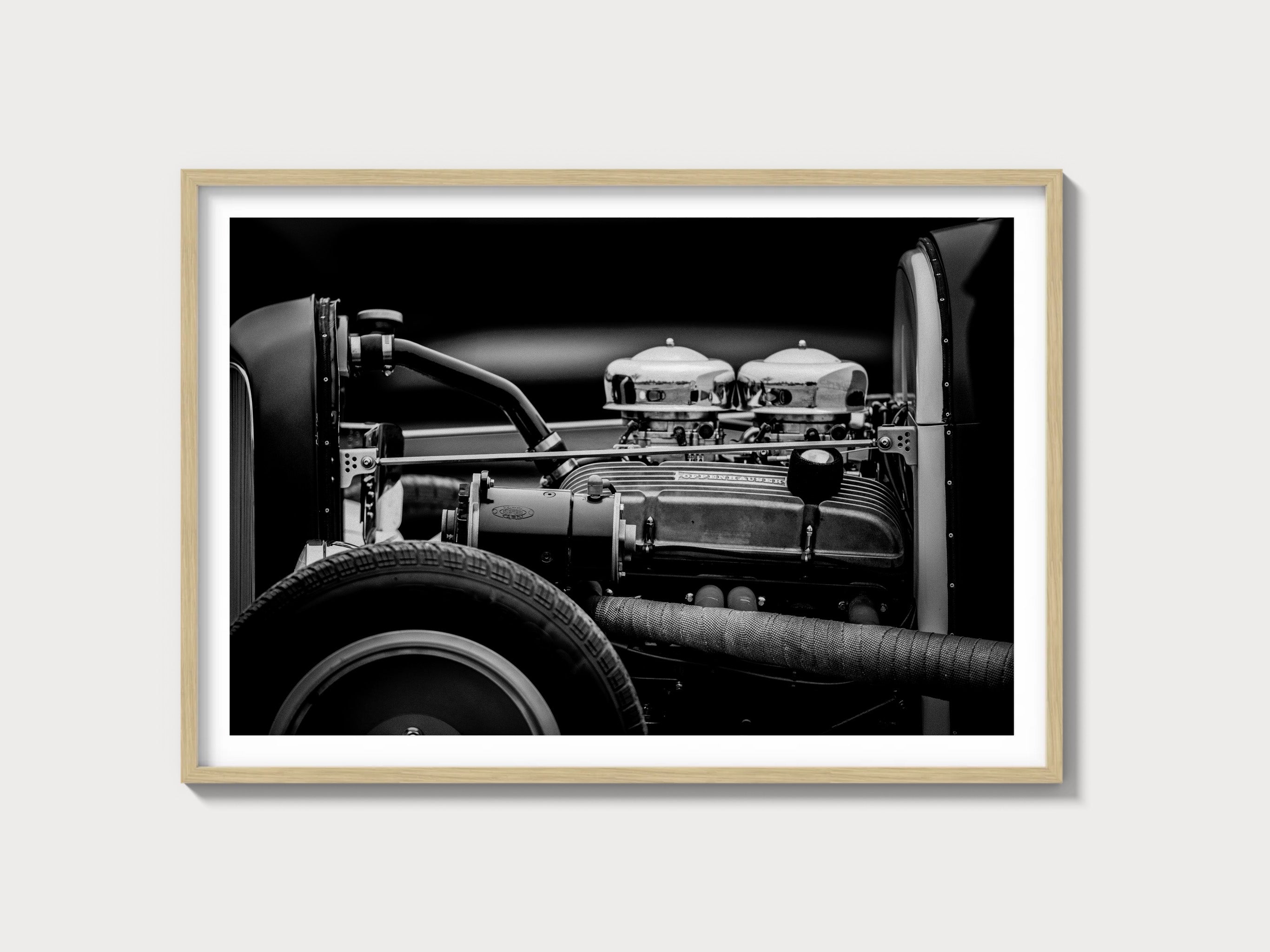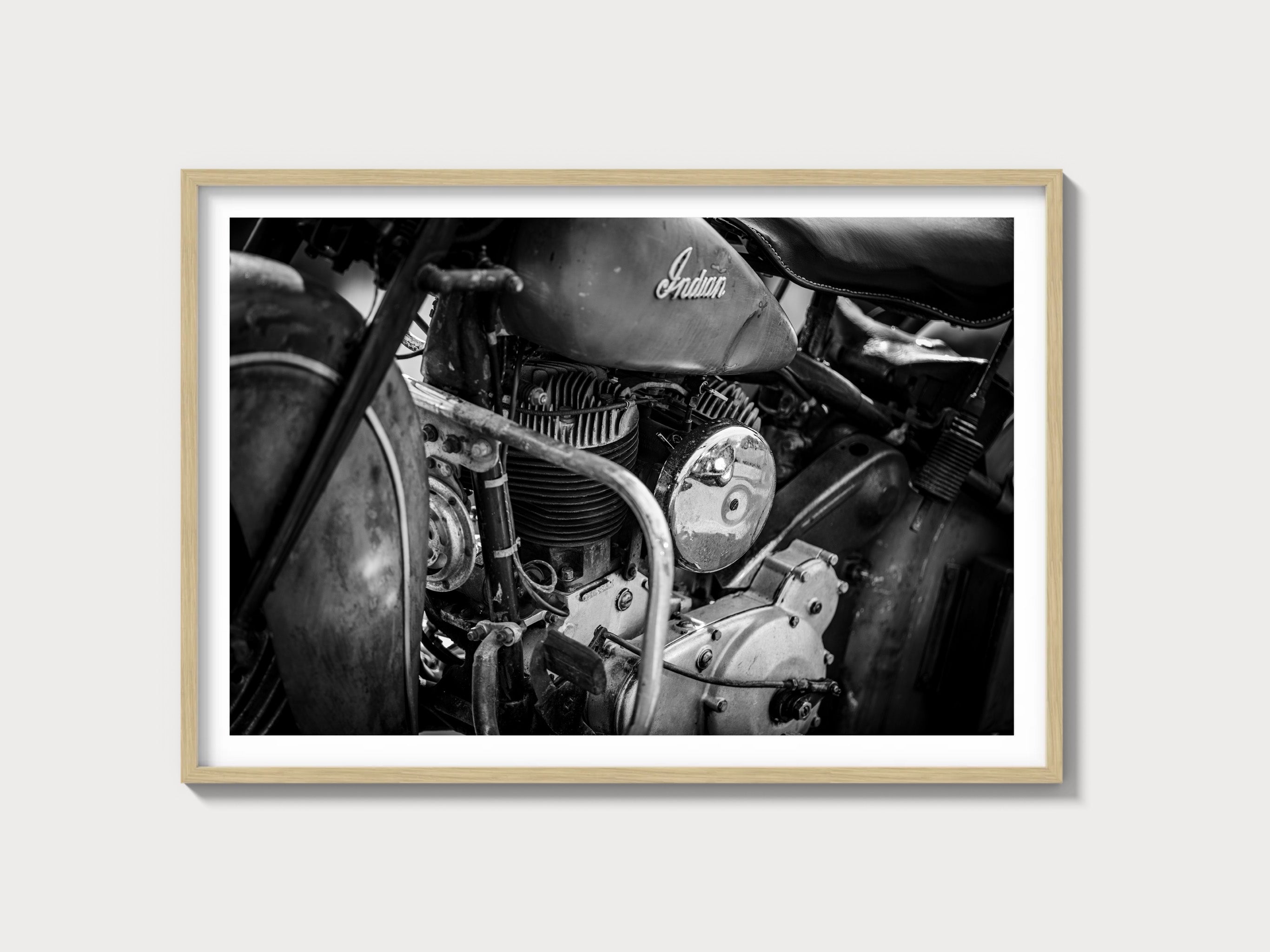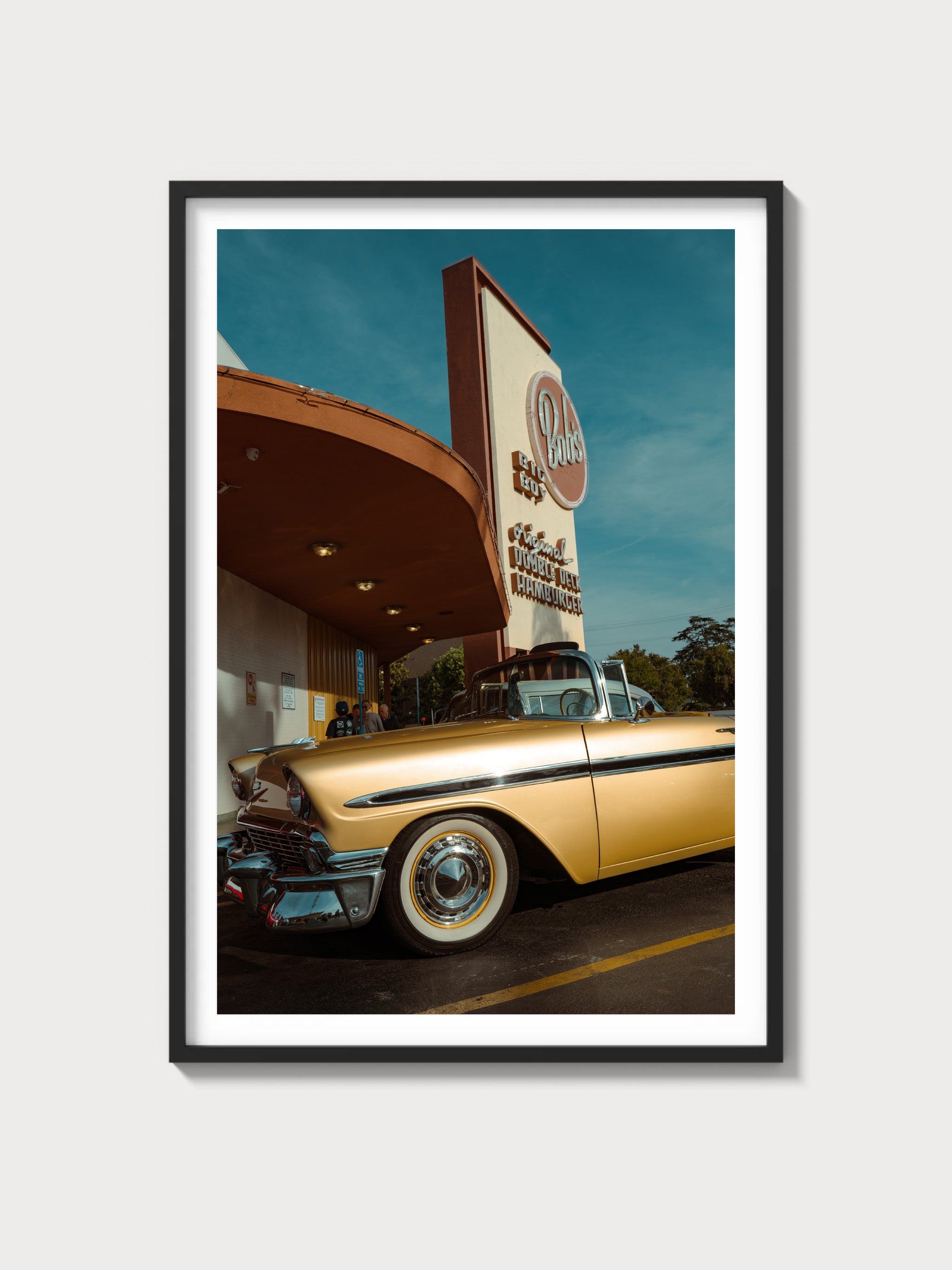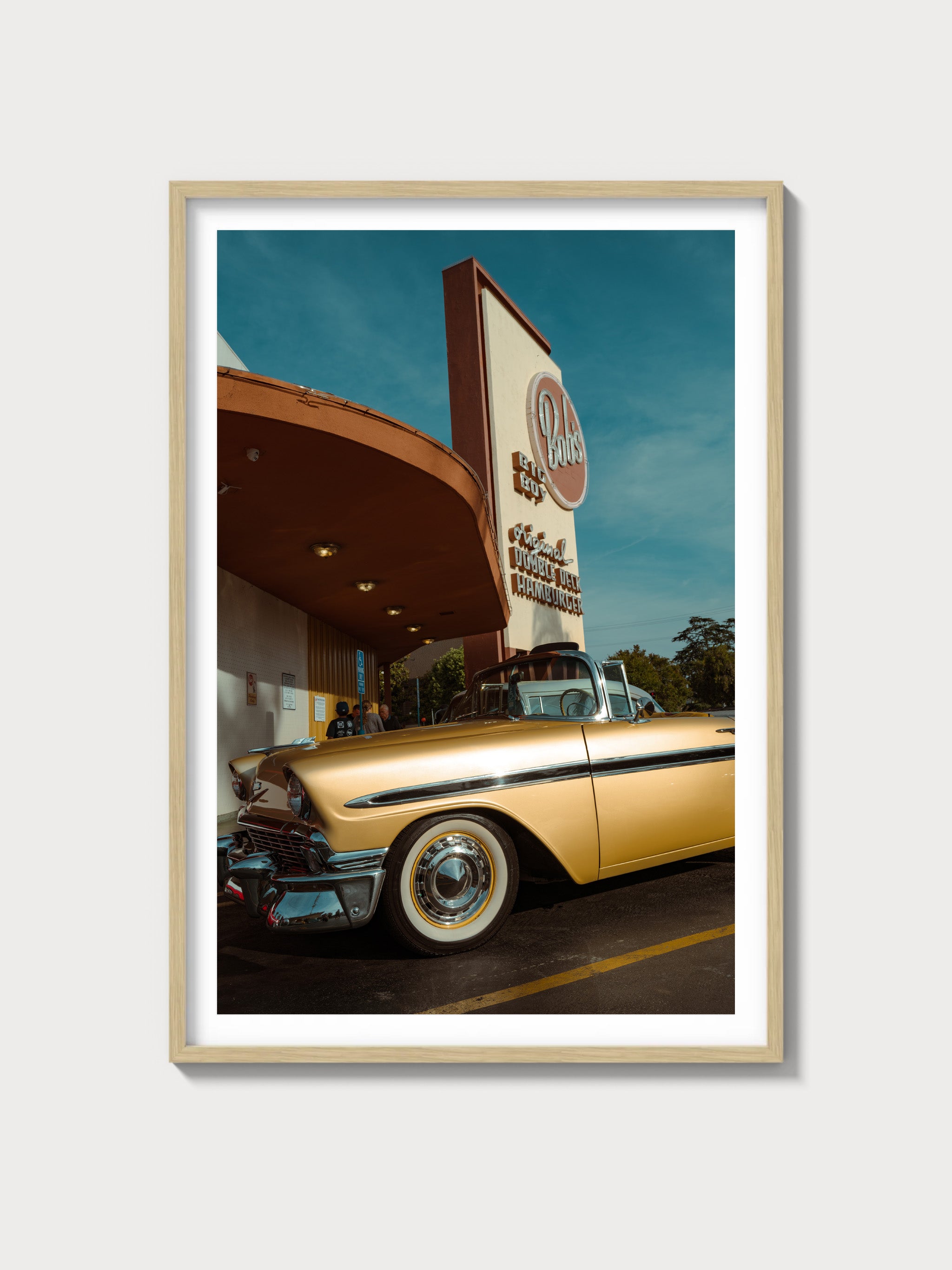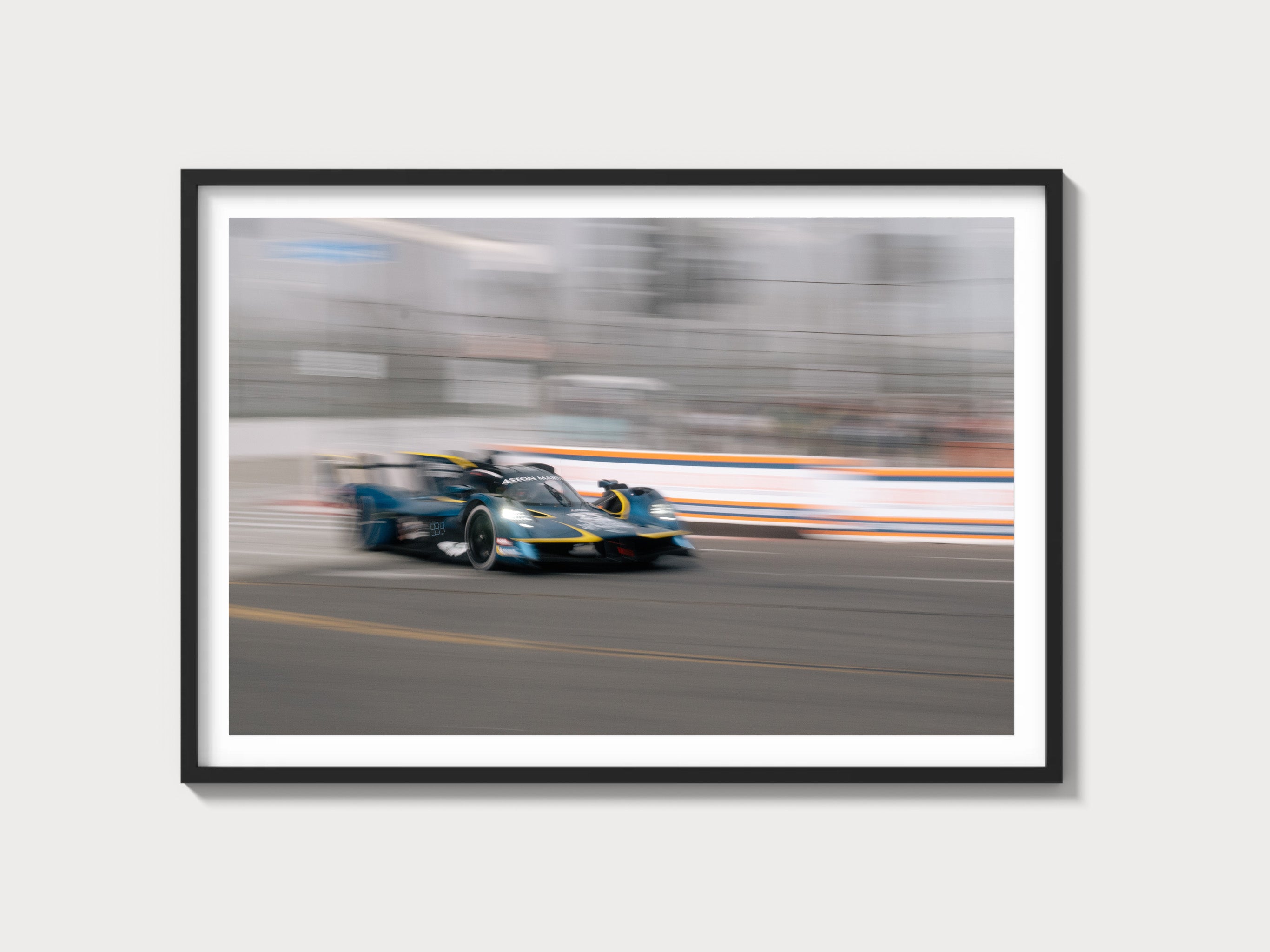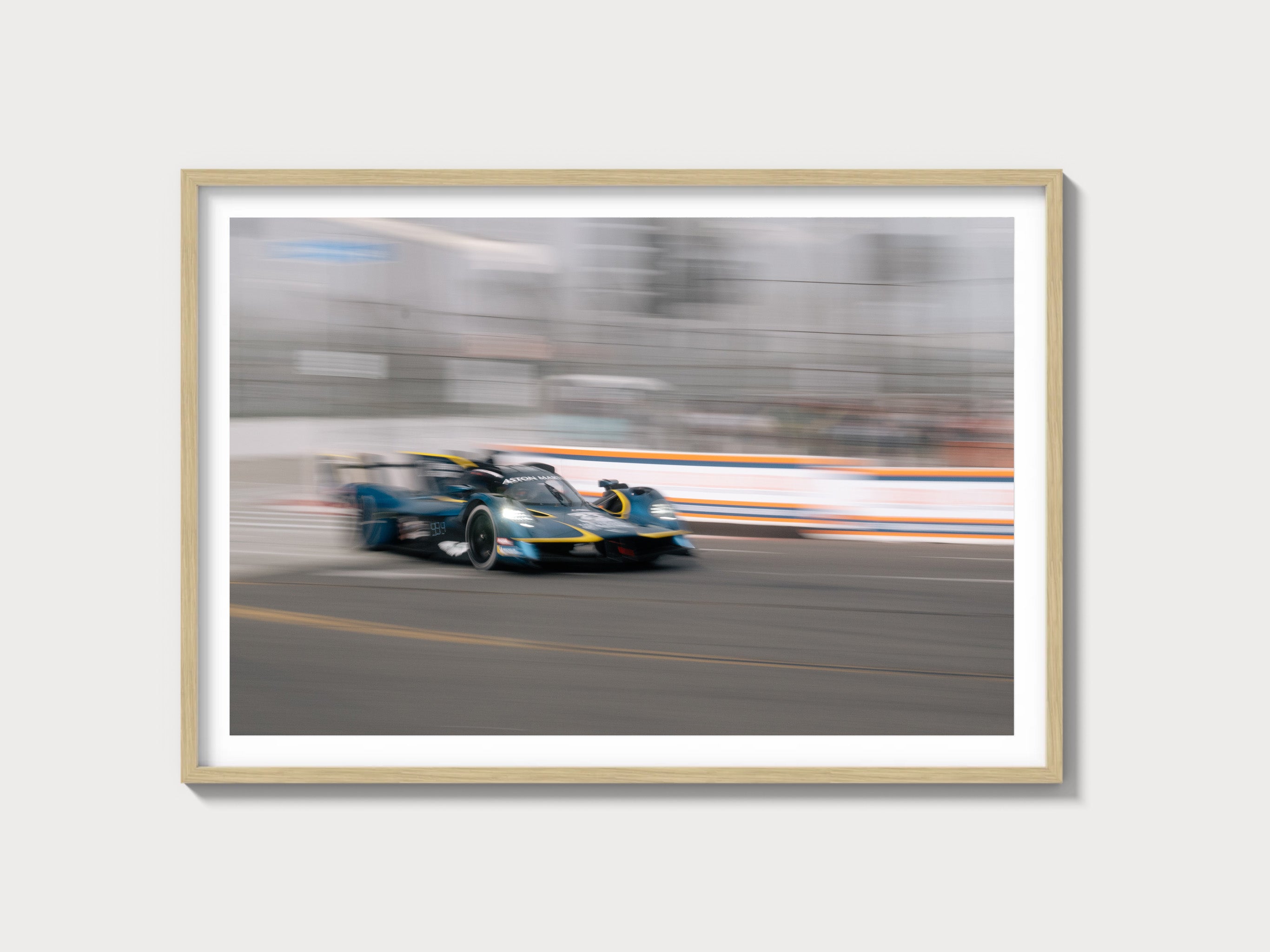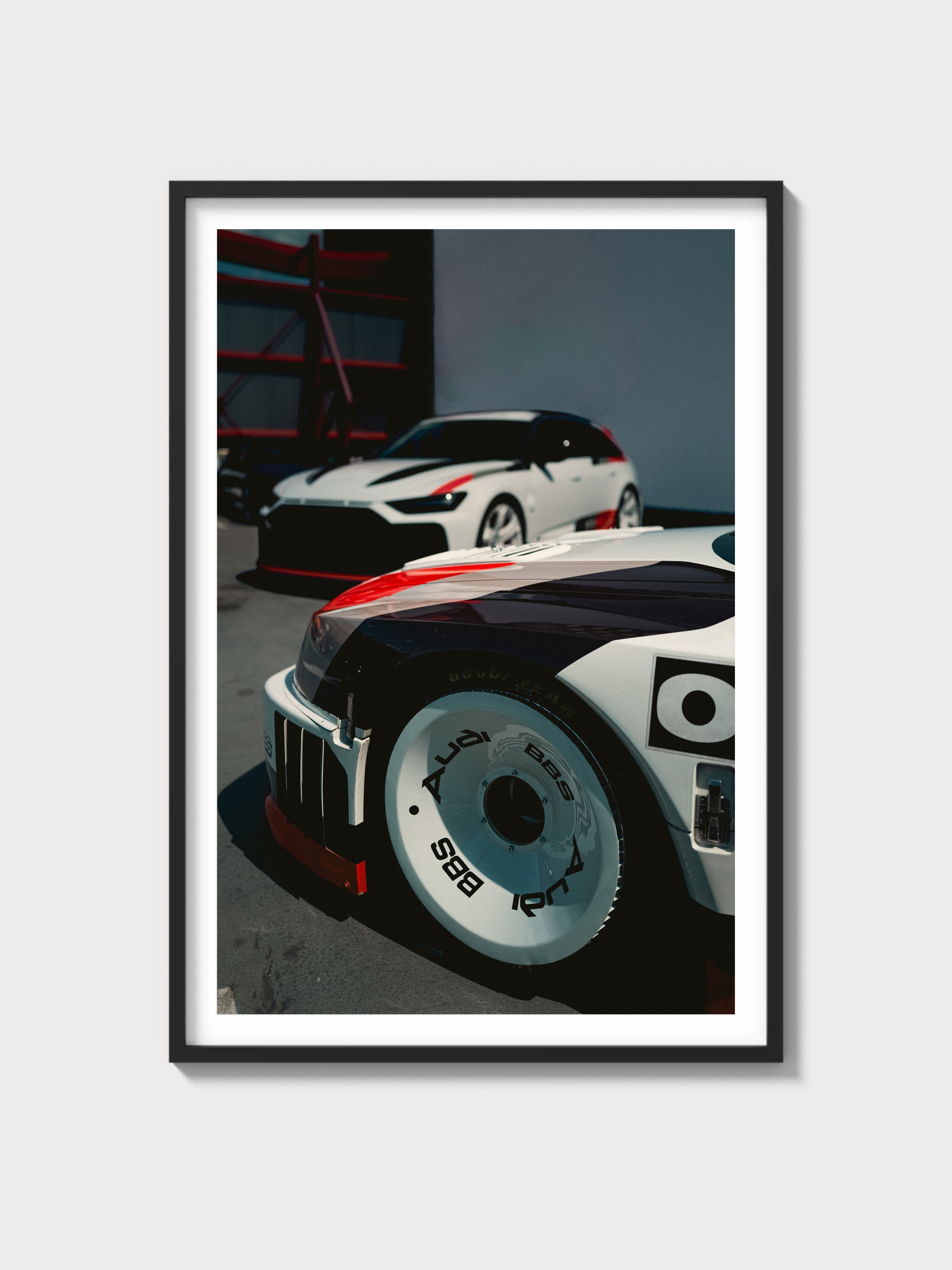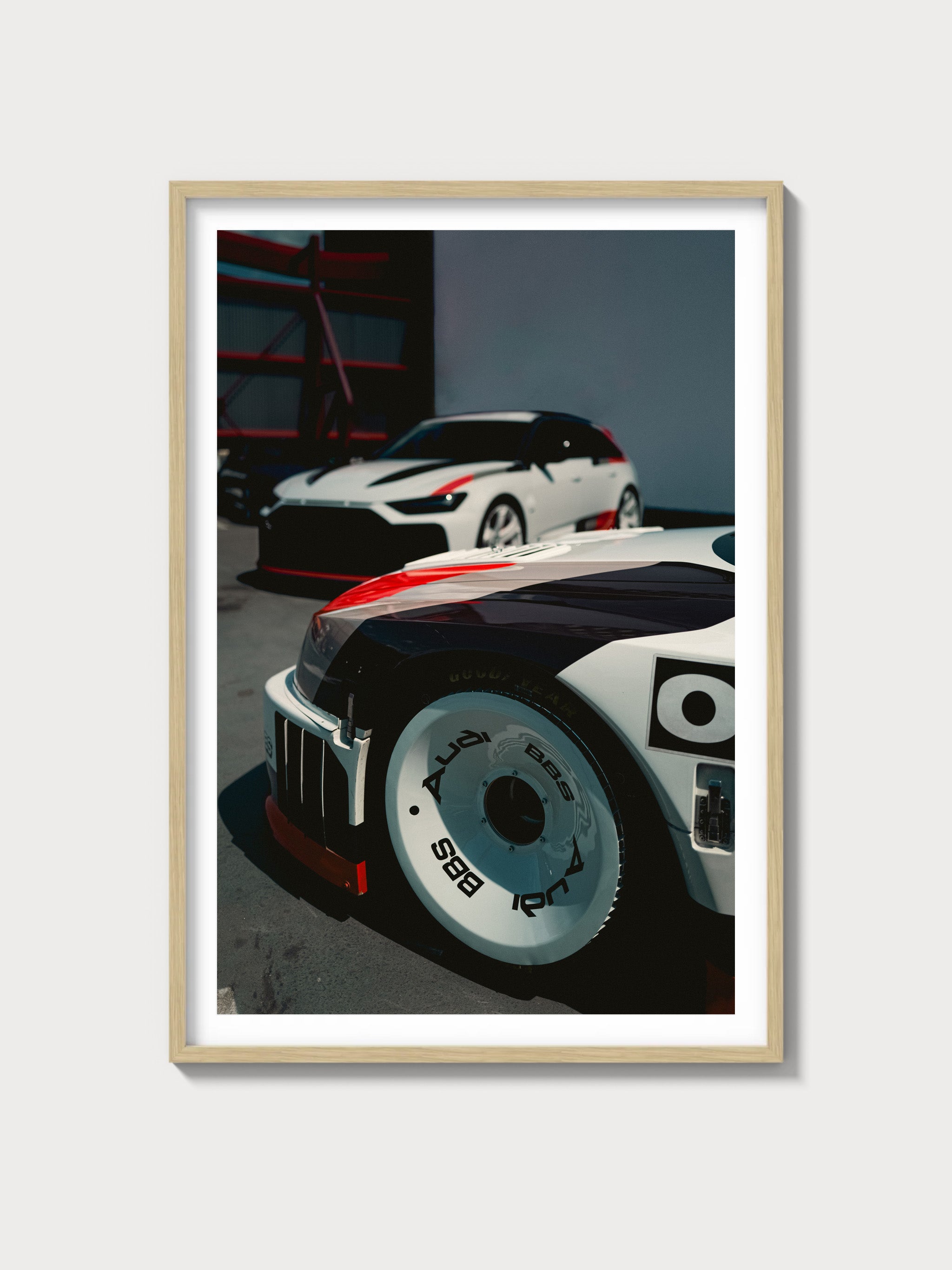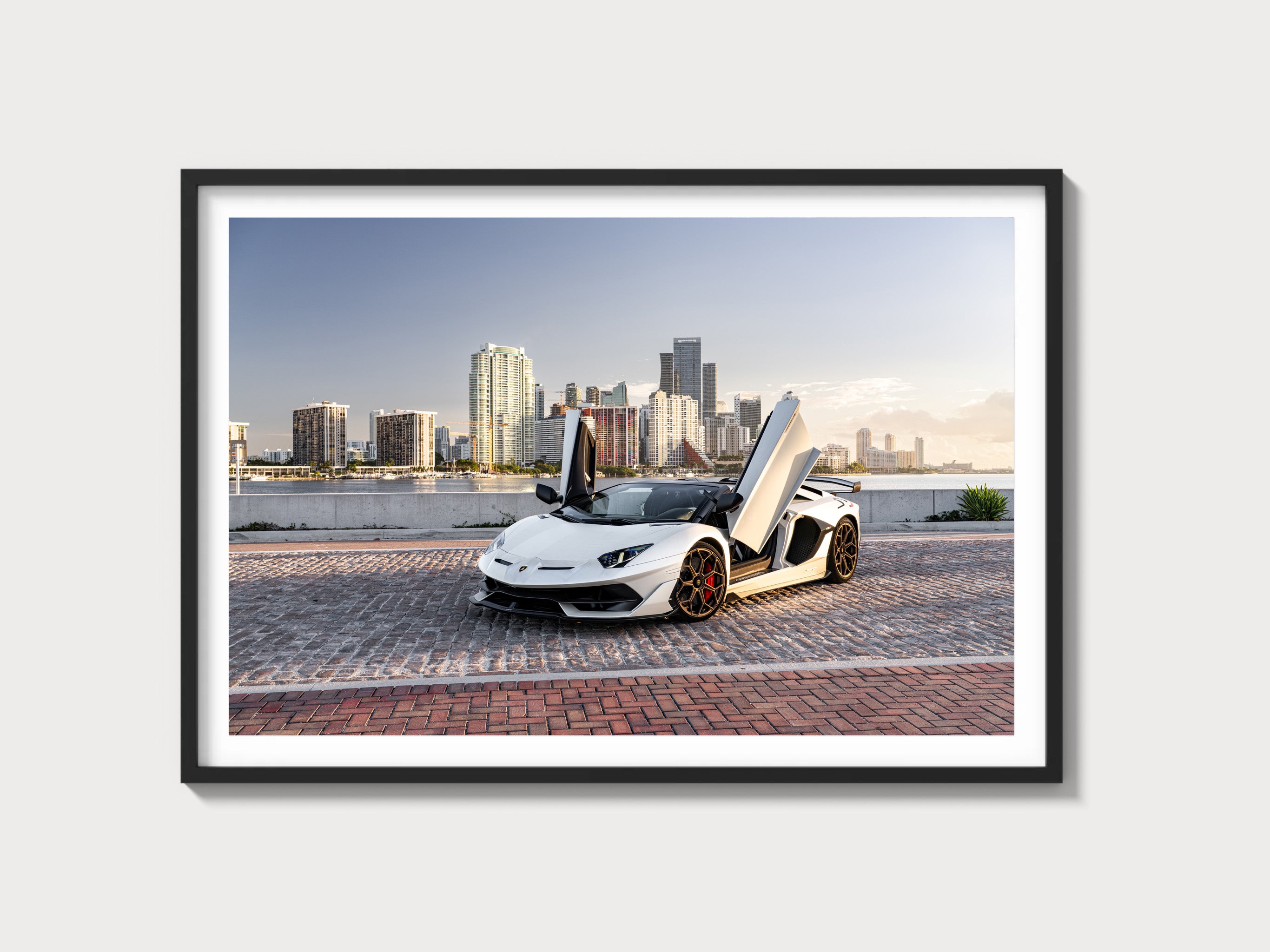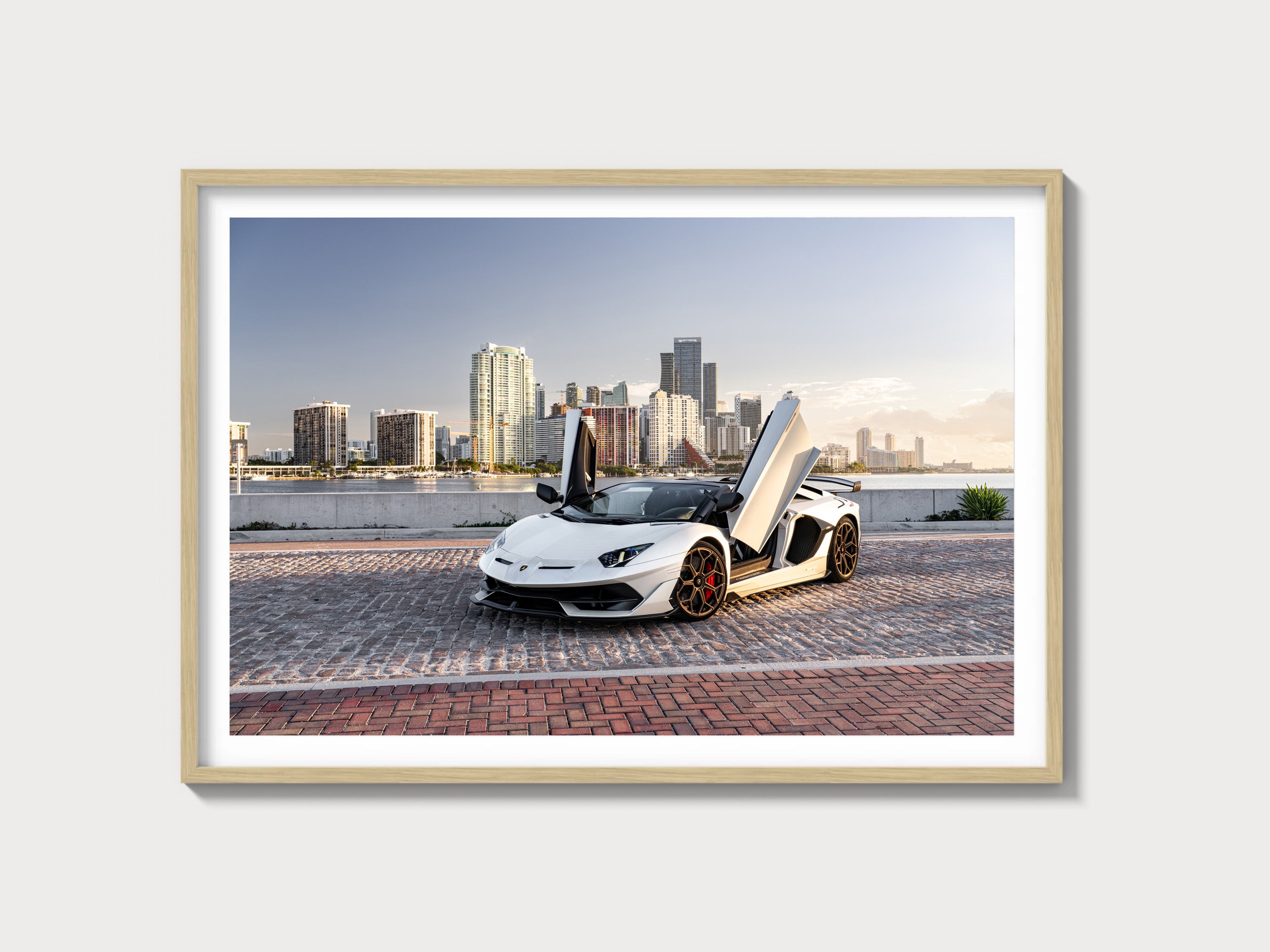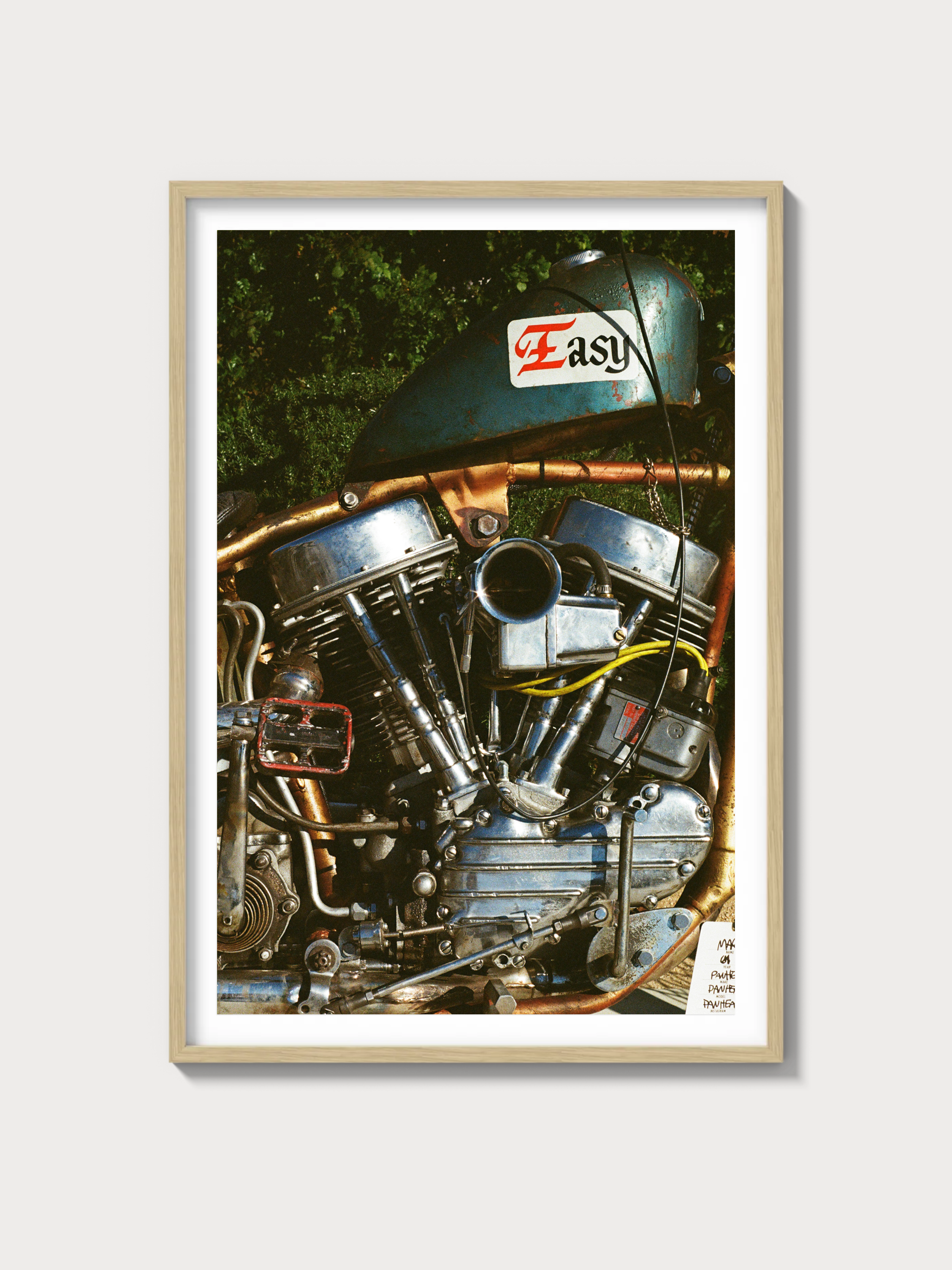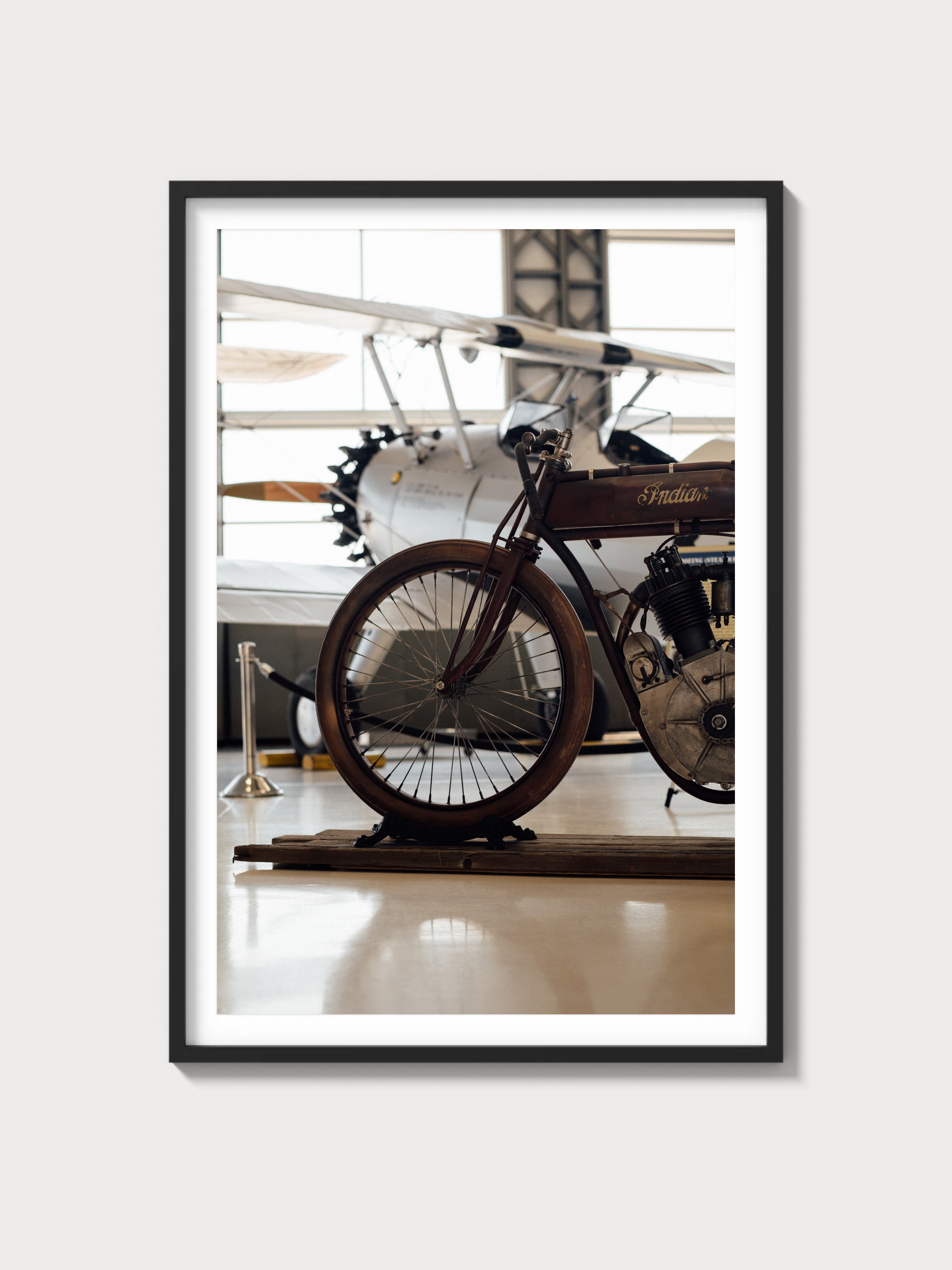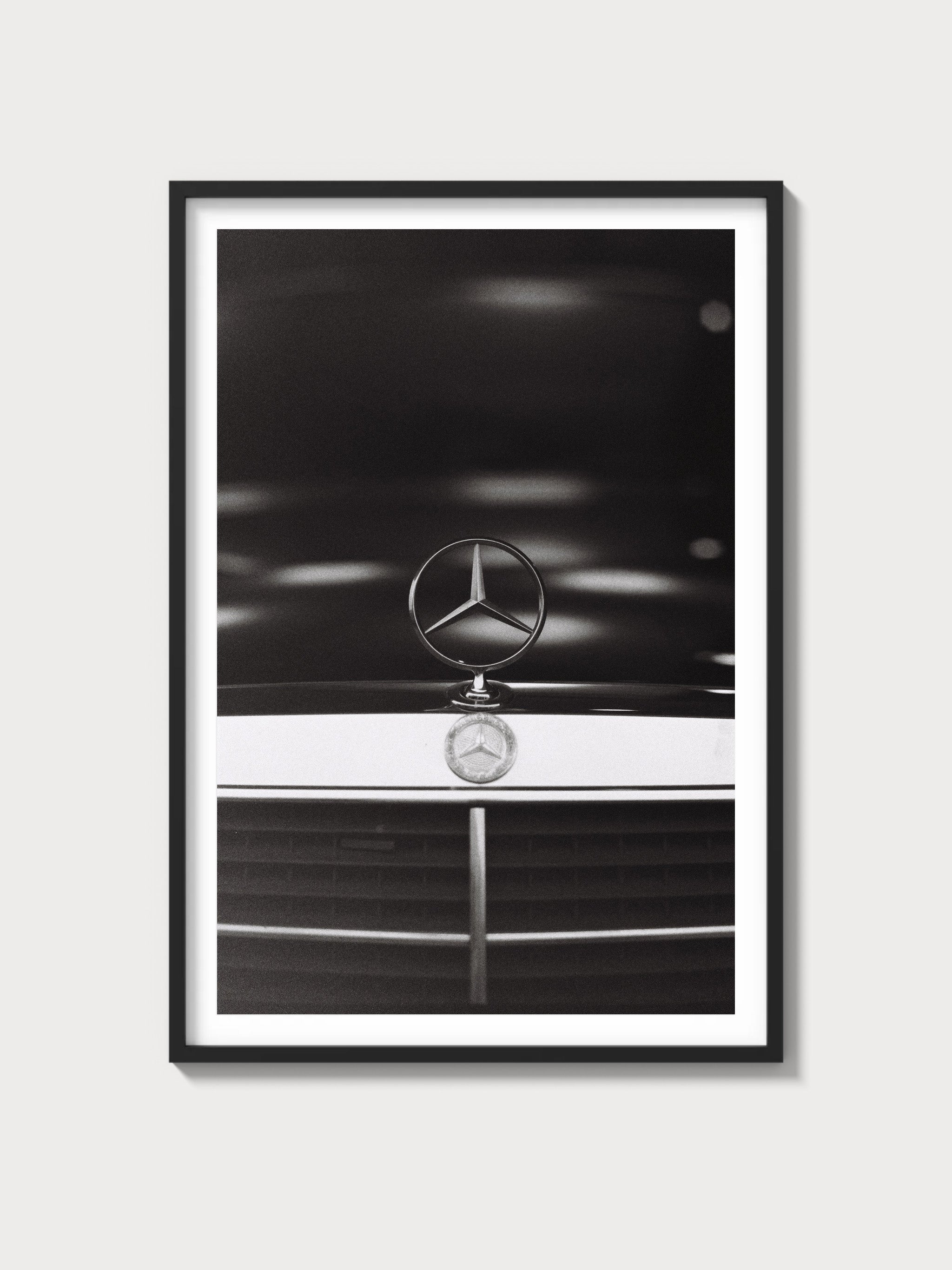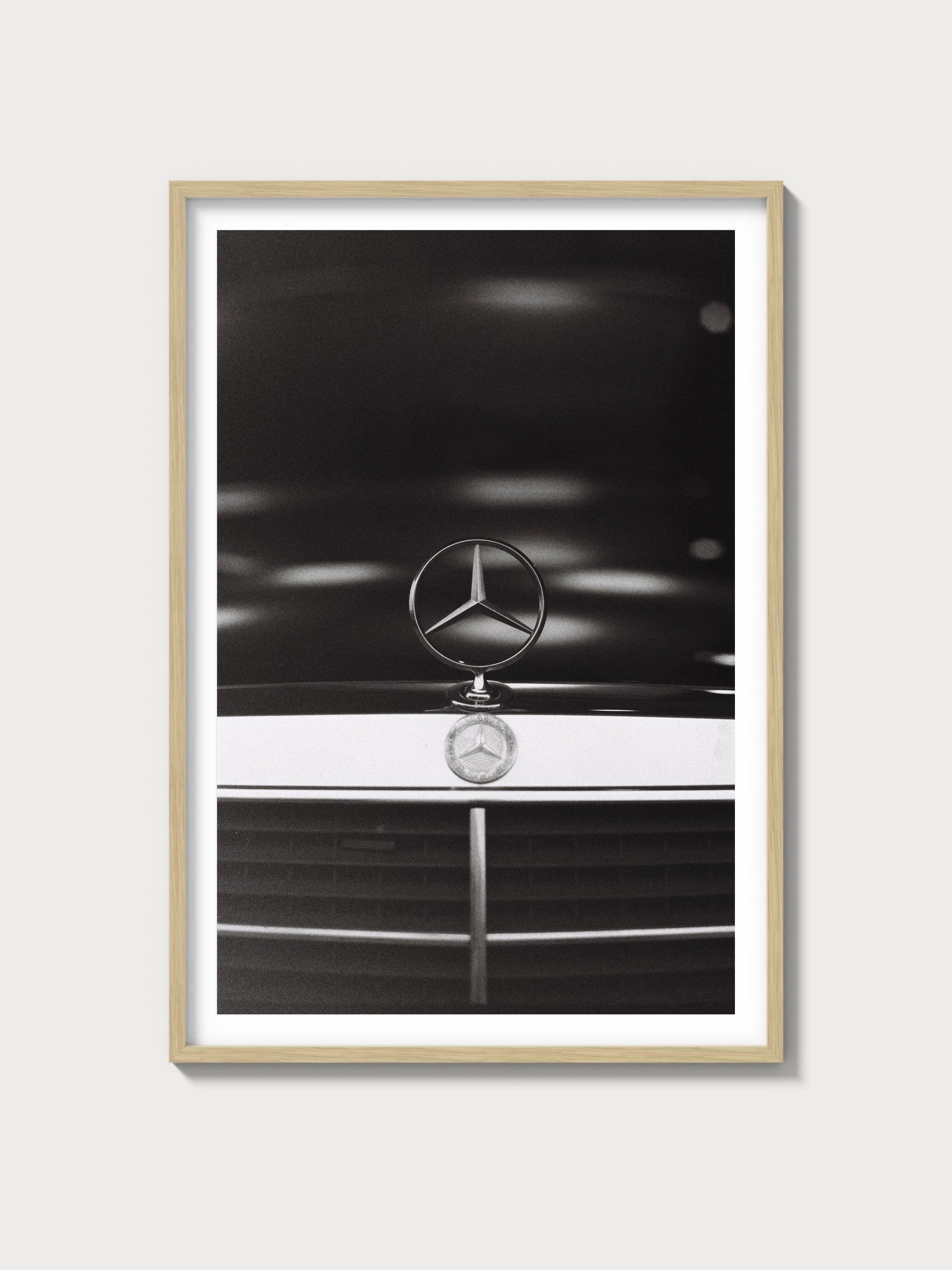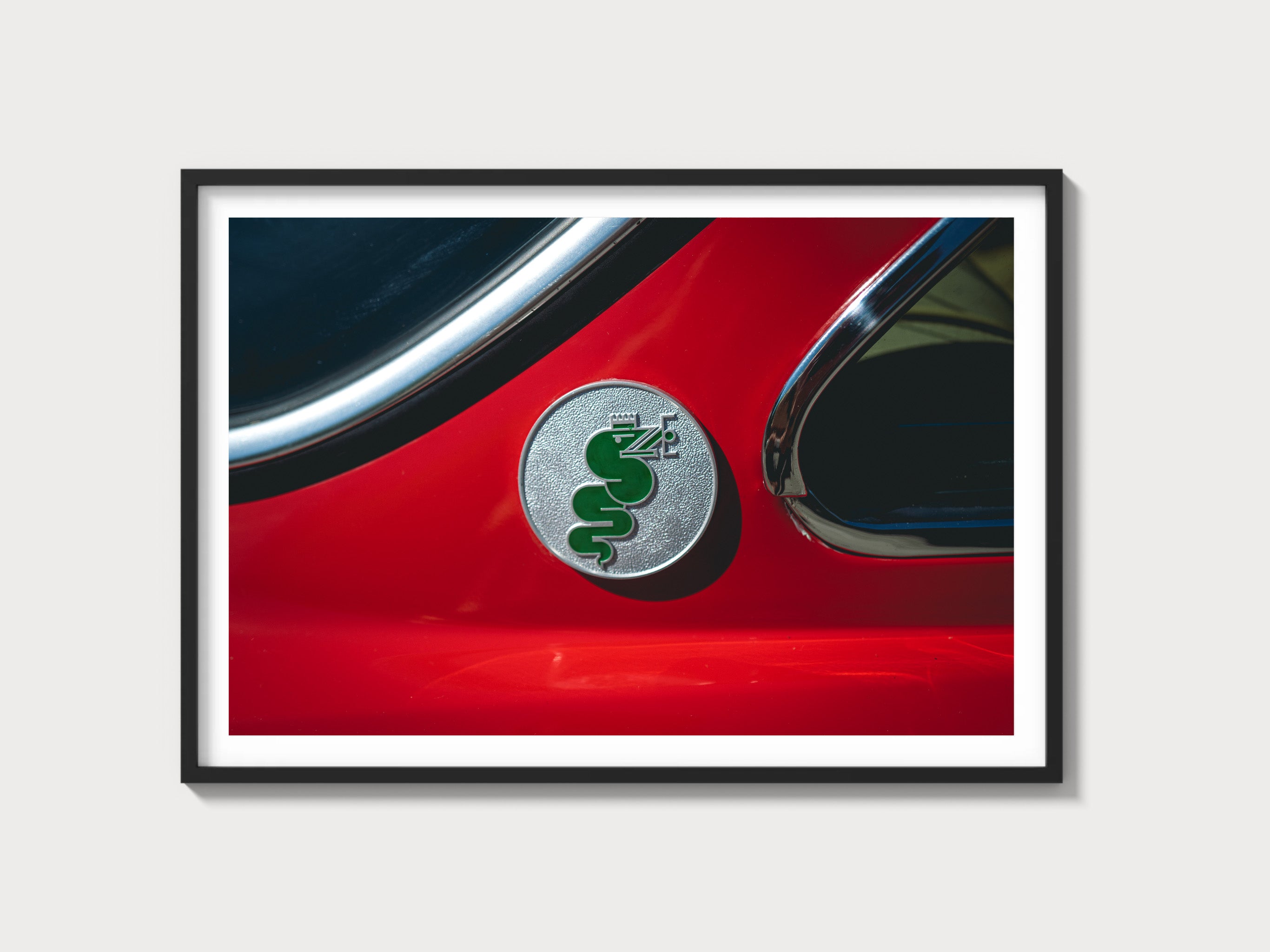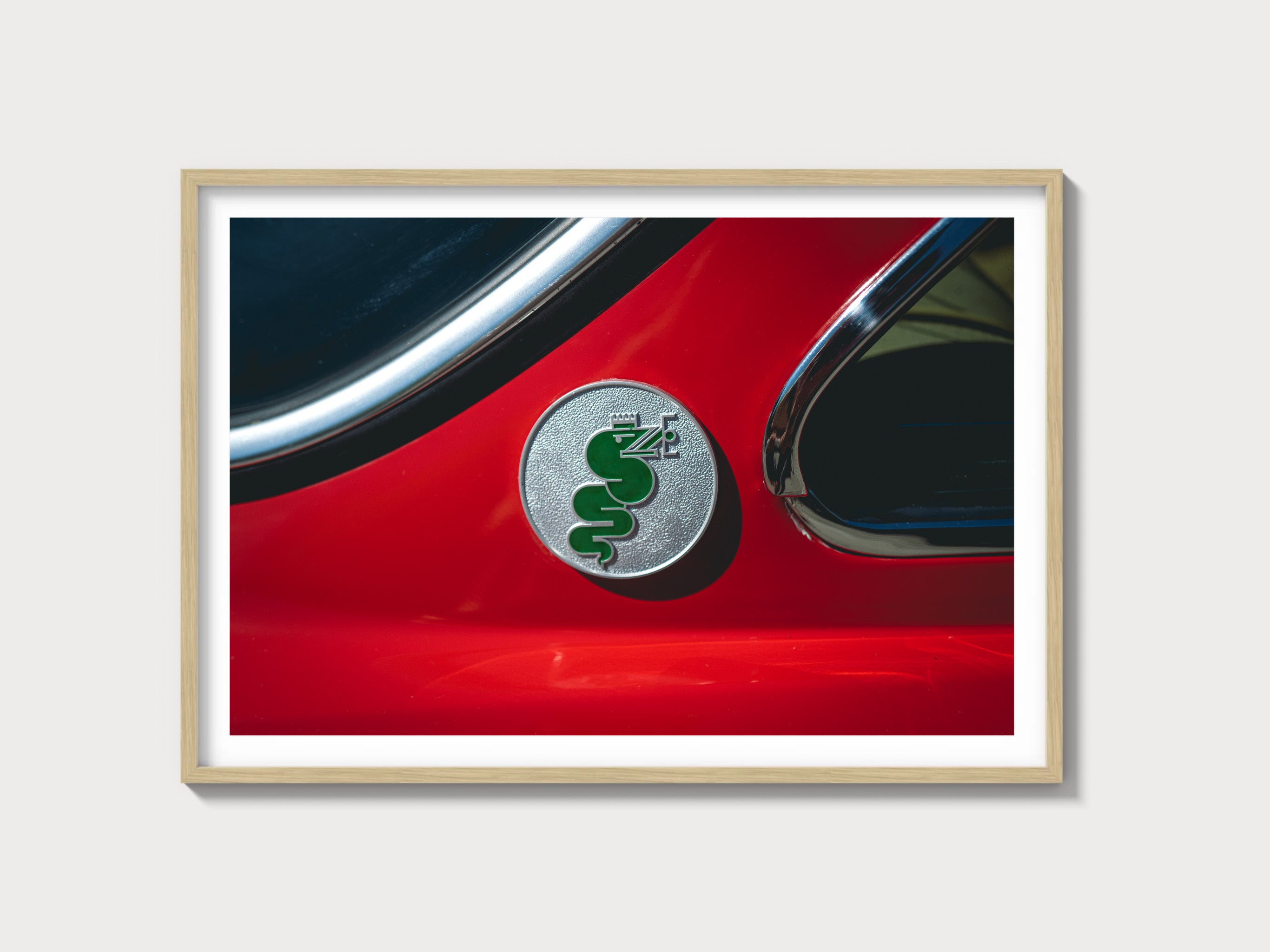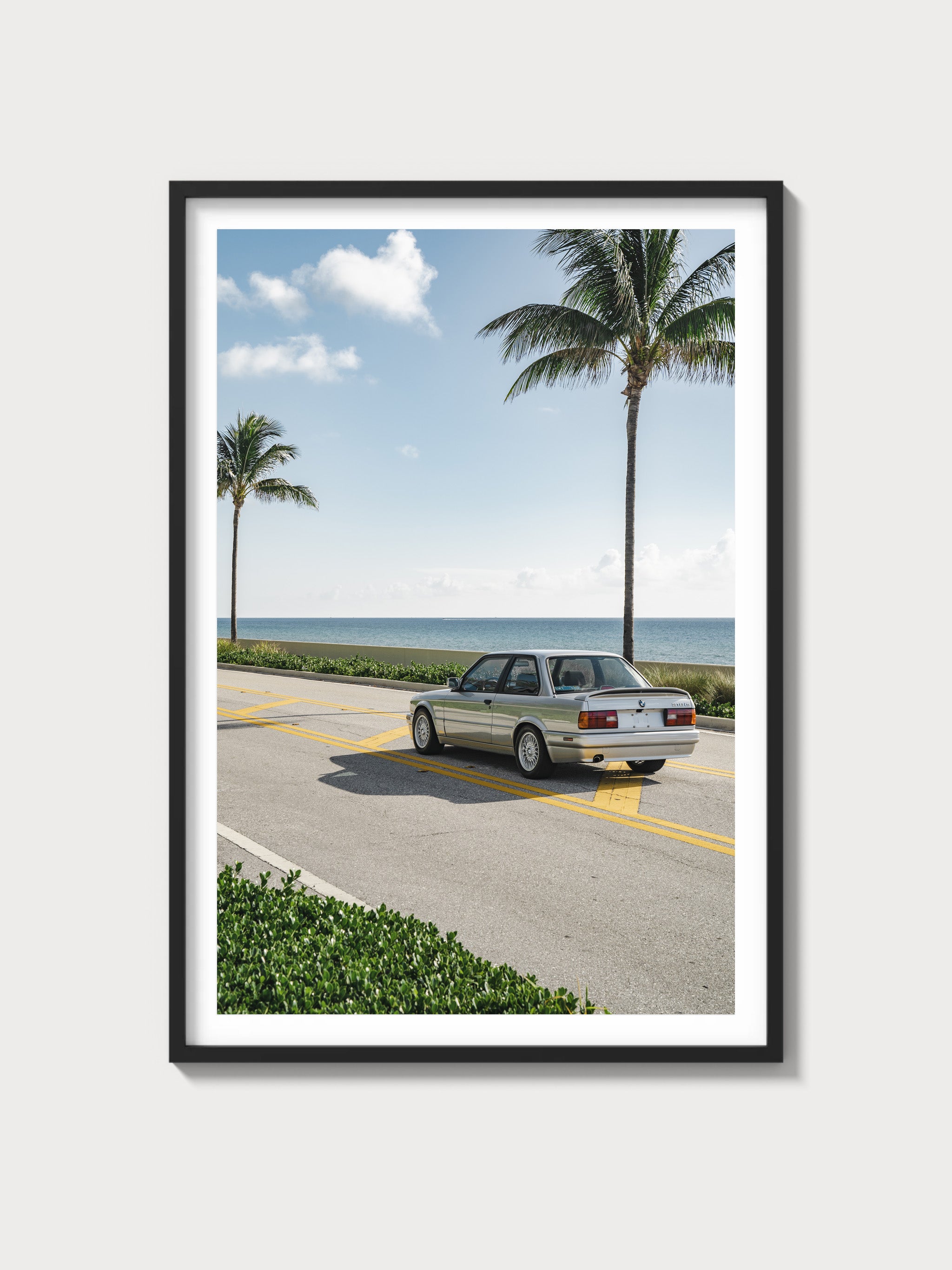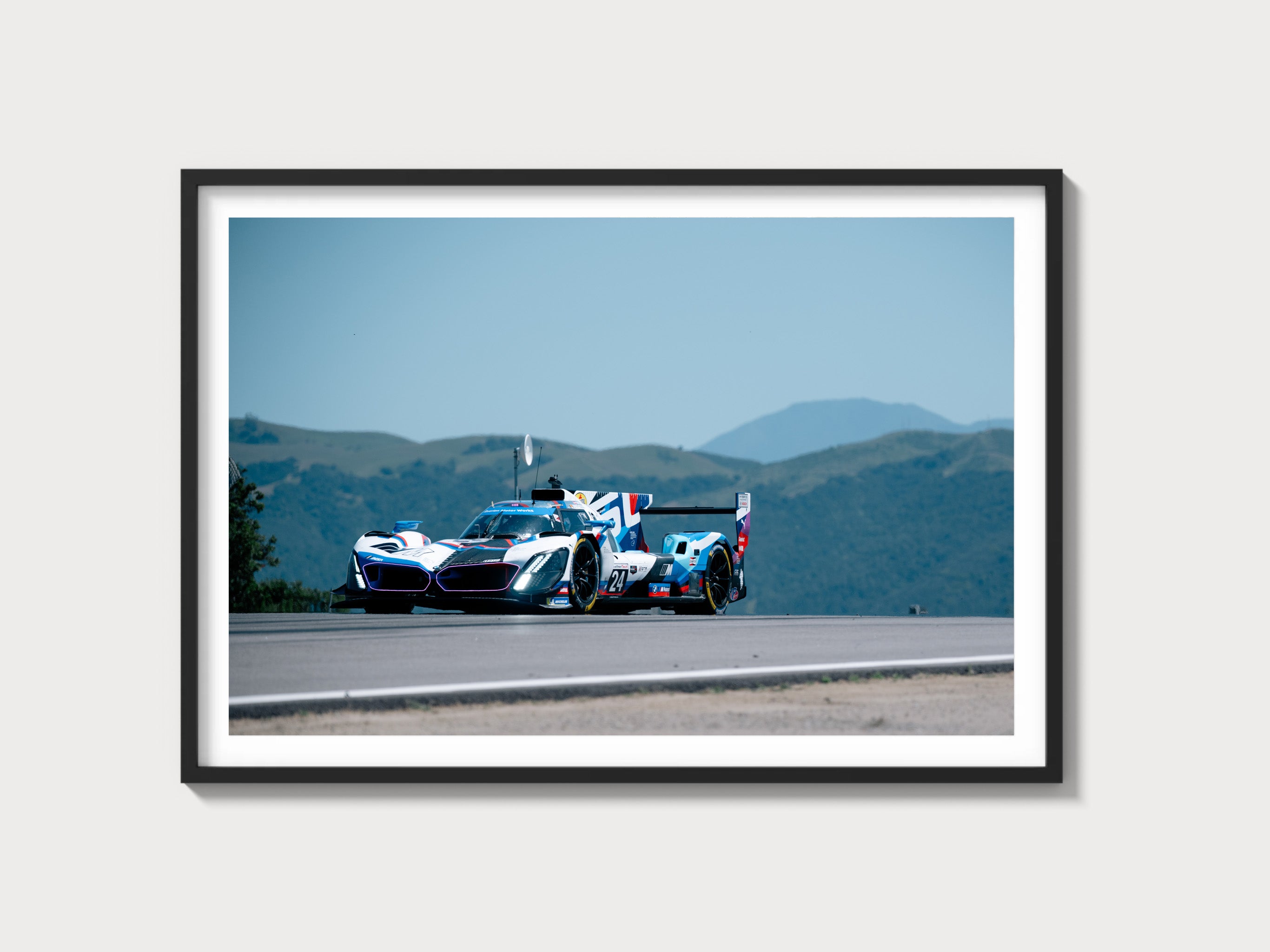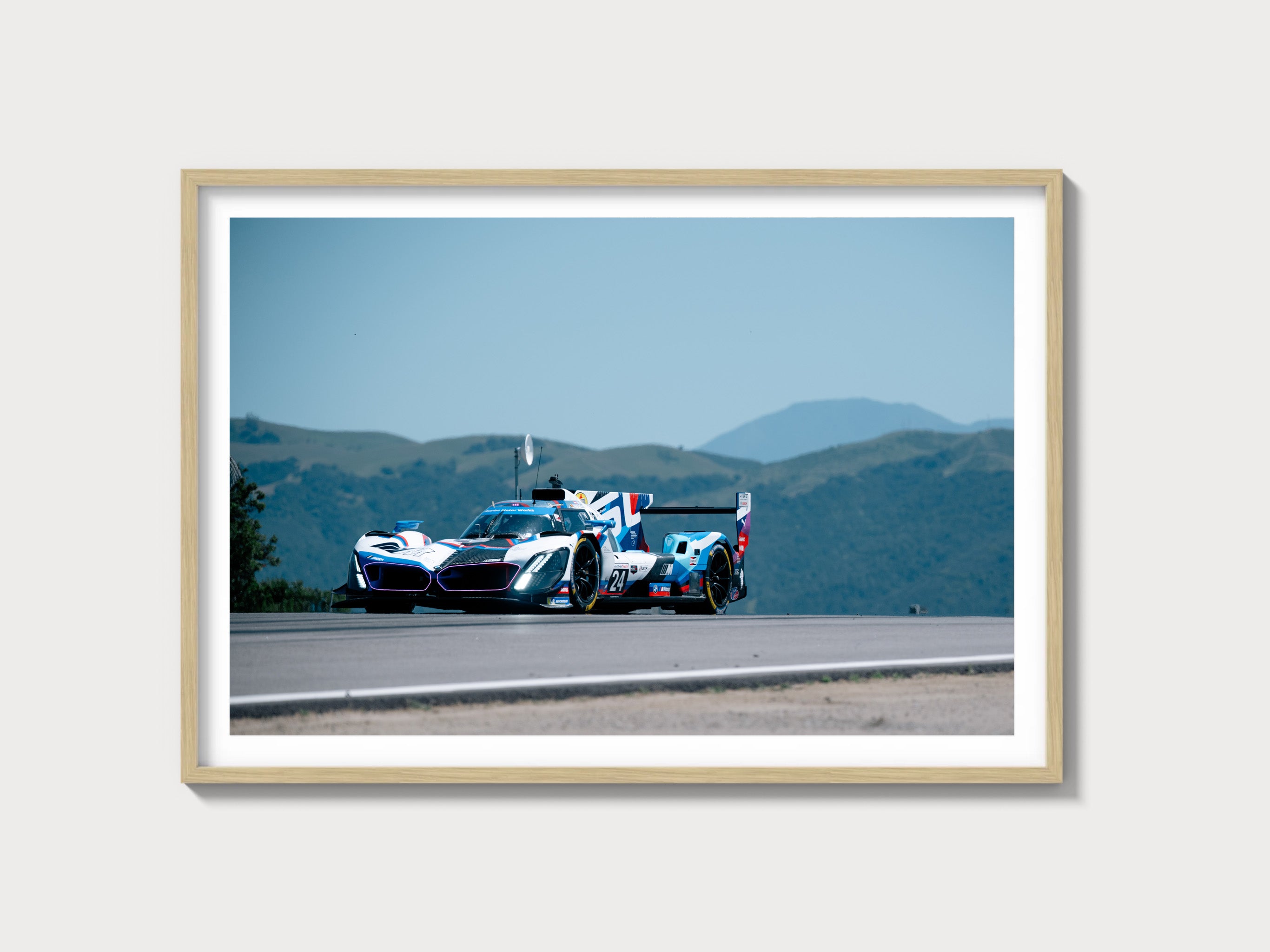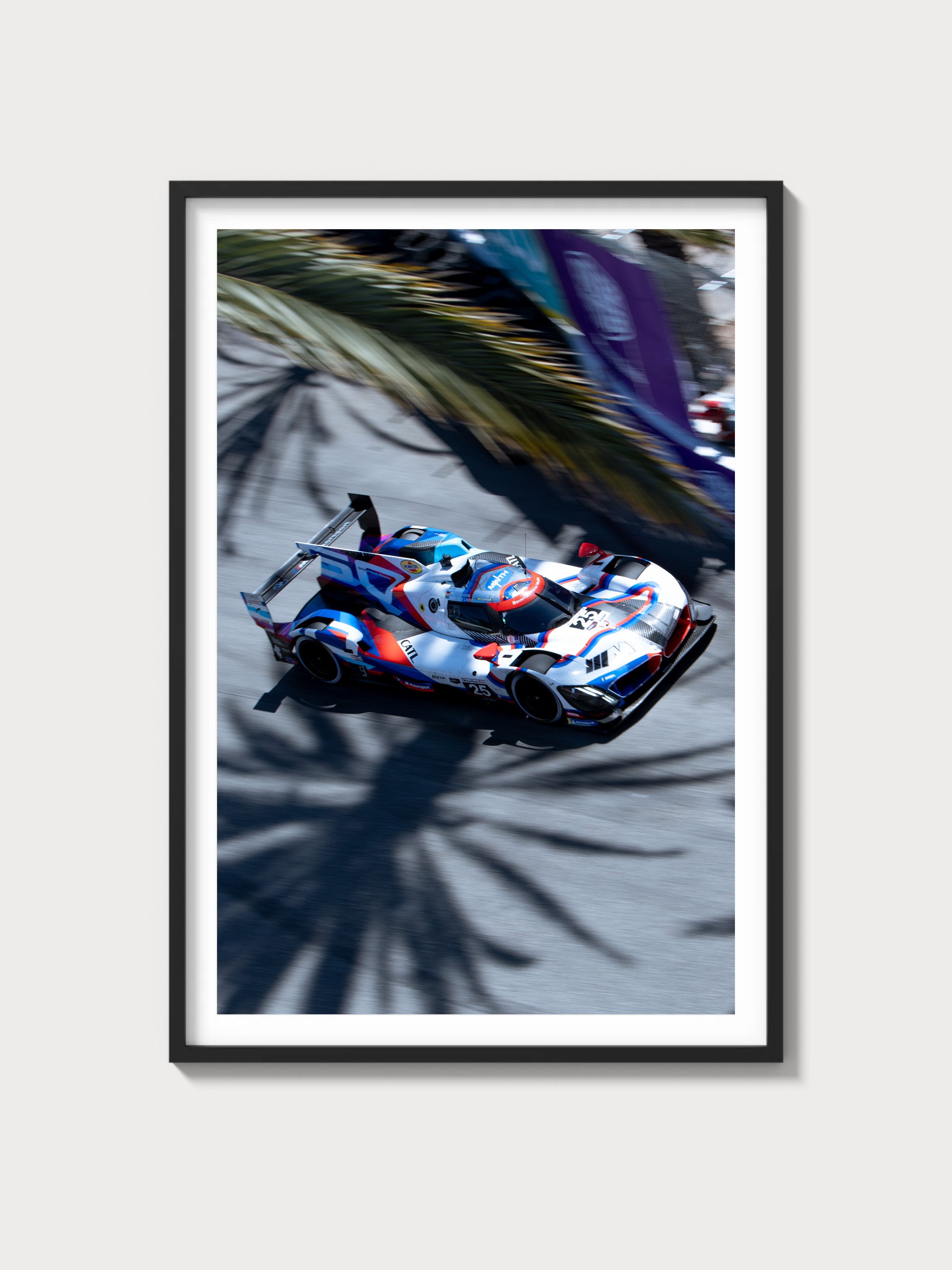Ferrari 512 BB: The Definitive History, Specs, and Legacy
Introduction: Ferrari’s Refined Mid-Engine Supercar
In the storied lineage of Ferrari’s road-going supercars, the 512 BB, introduced in 1976, stands as a refined masterpiece—a mid-engine icon that elevated the marque’s flat-12 legacy. Powered by a 5.0-liter flat-12 engine, this model saw 929 units crafted by Scaglietti, succeeding the 365 GT4 BB. The "BB" (Berlinetta Boxer) name continued, but its larger displacement and enhanced design solidified Ferrari’s dominance in the supercar realm, blending raw power with striking aesthetics.
The year 1976 marked a pinnacle for Ferrari, its racing triumphs—308 GTB, 365 GTB/4 "Daytona"—complementing road car evolution. Unveiled at the 1976 Paris Motor Show, the 512 BB impressed with its refined performance and sleek lines. This exhaustive history, crafted with a Ferrari historian’s precision, explores its technical brilliance, its iconic styling, its racing echoes, and its enduring legacy.
Historical Context: Ferrari’s Supercar Evolution
The Ferrari 512 BB emerged during a dynamic era for Maranello. By 1976, Ferrari’s racing pedigree—Dino 308 GT4’s versatility, 365 GT4 BB’s mid-engine leap—had solidified its stature, yet Enzo Ferrari sought to refine the mid-engine supercar formula. The 365 GT4 BB’s 344-unit run (1973-1976) introduced the flat-12 concept, but its 4.4L engine and early design left room for improvement. The 512 BB, with a larger 5.0L engine and updated styling, answered, targeting enthusiasts and collectors while rivaling Lamborghini’s Countach and Porsche’s 911 Turbo.
A total of 929 units were built (1976-1981)—all Scaglietti coupes, continuing the mid-engine tradition. Chassis 19781, the prototype, debuted at Paris in October 1976, its evolved form a testament to Pininfarina’s vision. This was a car for the elite—European racers, American tycoons—its production reflecting Ferrari’s balance of exclusivity and refinement amid Italy’s mid-1970s economic recovery.
The broader context of 1976 shaped its purpose. Europe’s supercar market flourished—Lamborghini Countach, Maserati Bora—while America’s emissions and safety standards tightened. The 512 BB bridged Ferrari’s racing heritage, rooted in the Daytona", with a refined mid-engine road car.
Technical Specifications: The Flat-12’s Refined Power
The Ferrari 512 BB’s core was its 5.0-liter flat-12—a potent evolution of the 365 GT4 BB’s engine, designed for supercar dominance. Below, we dissect its engineering with historian’s detail.
Engine: The 5.0-Liter Flat-12 Advance
Displacing 4,942 cc (bore 82 mm, stroke 78 mm), the 512 BB’s flat-12 was a mid-mounted, all-aluminum unit derived from Ferrari’s racing lineage, with a 180-degree V-angle. Featuring double overhead camshafts per bank, a 9.2:1 compression ratio, and four Weber 40 IF3C carburetors, it produced 360 horsepower at 7,500 rpm (European spec) or 340 hp at 7,200 rpm (US spec, detuned for emissions)—a step up from the 365 GT4 BB’s 380 hp due to refined tuning. Weighing 330 lbs, it delivered 333 lb-ft of torque at 5,500 rpm.
This engine was a supercar benchmark. Chassis 20935, a 1977 model, showcased its smooth, ferocious power, balancing race-bred intensity with road usability.
Performance: Supercar Prowess
The 512 BB hit 188 mph (302 km/h)—verified by Road & Track’s 1977 test—matching the 365 GT4 BB, with a 0-60 mph time of ~5.4 seconds. Its power-to-weight ratio (257 hp/ton European, 243 hp/ton US) trailed the 365 GT4 BB (309 hp/ton) due to added weight but remained elite among supercars.
Chassis and Suspension: Mid-Engine Refinement
The chassis was a tubular steel spaceframe, weighing 1,400 kg (3,086 lbs)—170 kg heavier than the 365 GT4 BB due to its larger body and added features. Its 2,500 mm wheelbase matched its predecessor, with fully independent suspension—double wishbones with coil springs front and rear—offering precise handling and improved comfort.
Transmission and Brakes: Dynamic Control
A 5-speed manual gearbox—synchronized, mid-mounted—drove the rear wheels, its ratios (1st: 2.64, 5th: 0.96) favoring high-speed performance. Braking relied on 14-inch ventilated disc brakes, delivering 1.1g deceleration—robust for its weight.
| Specification | Details |
|---|---|
| Engine | 5.0L Flat-12, 360 hp @ 7,500 rpm (340 hp US) |
| Displacement | 4,942 cc (82 mm x 78 mm) |
| Top Speed | ~188 mph (302 km/h) |
| 0-60 mph | ~5.4 seconds |
| Weight | 1,400 kg (3,086 lbs) |
| Transmission | 5-speed manual, mid-engine |
| Suspension (Front) | Double wishbone, coil springs |
| Suspension (Rear) | Double wishbone, coil springs |
| Brakes | Ventilated discs, 14-inch |
Design and Styling: Pininfarina’s Supercar Evolution
The Ferrari 512 BB’s aesthetic was a refined evolution of the 365 GT4 BB, crafted by Scaglietti under Pininfarina’s design.
Exterior: Sleek Supercar Refinement
Scaglietti built all 929 units—chassis 19781 featured a wider stance, pop-up headlights, and a sleek wedge profile, finished in Rosso Corsa. Its 2,500 mm wheelbase and steel body (with aluminum panels) offered a more muscular look, with NACA ducts enhancing its mid-engine cooling.
Interior: Spartan Supercar Cockpit
The cabin was a driver’s haven: leather bucket seats (black or tan), a gated shifter, and Veglia gauges—tachometer (9,000 rpm redline), speedometer, oil pressure. Chassis 20935’s minimalist interior, with slight upgrades over the 365 GT4 BB, prioritized performance with basic comfort.
Production and Variants: A Refined Supercar Run
The Ferrari 512 BB’s 929-unit run (1976-1981) was a production triumph—all Scaglietti coupes, with no major variants beyond trim and emissions updates (e.g., US-spec bumpers). Chassis 19781 launched the series, while 34347 closed it, transitioning to the 512 BBi. Its focus remained road performance—no racing versions emerged.
Performance and Racing Legacy: A Road-Bred Powerhouse
The Ferrari 512 BB racing history was limited, its road focus primary. Chassis 20149, tuned to 380 hp, ran the 1978 Le Mans 24 Hours, placing mid-field among privateers. Its true realm was the open road—Autostrada, mountain passes—where its 188 mph top speed and mid-engine balance excelled.
Ownership and Market Value: A Supercar Classic
The Ferrari 512 BB value reflects its rarity and allure. Early owners included European collectors and U.S. enthusiasts. Today, prices range $250,000-$350,000—chassis 19781 sold for $325,000 at RM Sotheby’s 2023. Restoration costs—flat-12 rebuilds at $200,000—highlight its elite status.
Cultural Impact: Ferrari’s Mid-Engine Legacy
The 512 BB refined Ferrari’s mid-engine supercar lineage, its flat-12 and Pininfarina design influencing the 512 BBi and Testarossa. In 1970s lore, it’s the car of raw power and timeless style, a pivotal chapter in Maranello’s supercar saga.
Comparisons: Ferrari 512 BB vs Rivals
The Ferrari 512 BB vs Lamborghini Countach pits 360 hp flat-12 against 375 hp V12—Ferrari led in refinement, Countach in boldness. The Porsche 911 Turbo (260 hp) trailed in power but matched in agility.
| Model | Engine | Power | Weight | Top Speed |
|---|---|---|---|---|
| Ferrari 512 BB | 5.0L Flat-12 | 360 hp | 1,400 kg | ~188 mph |
| Lamborghini Countach | 3.9L V12 | 375 hp | 1,350 kg | ~179 mph |
| Porsche 911 Turbo | 3.0L Flat-6 | 260 hp | 1,200 kg | ~155 mph |
Frequently Asked Questions
What was the Ferrari 512 BB?
A 1976 5.0L flat-12 mid-engine supercar.
How many were made?
929 units.
What engine powered it?
4,942 cc flat-12, 360 hp (340 hp US).
Did it race?
Rarely—built for road use.
What’s its value?
$250,000-$350,000.

